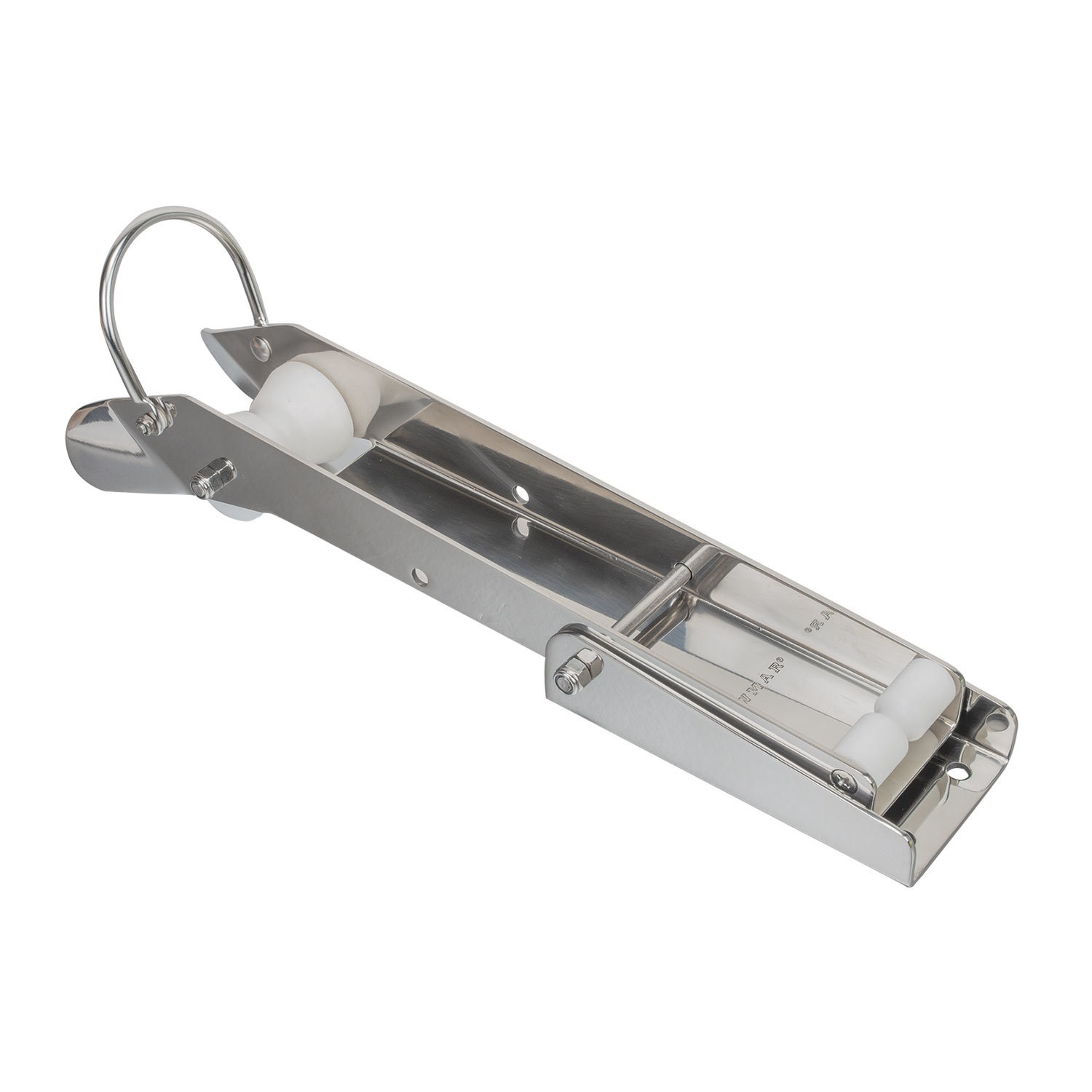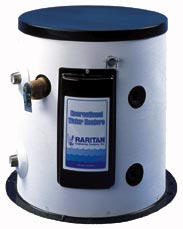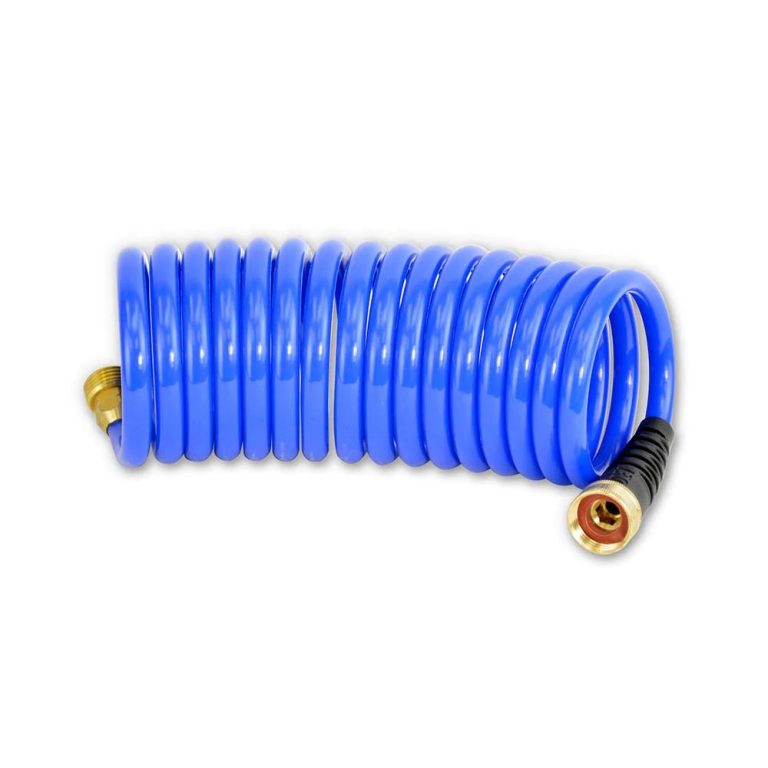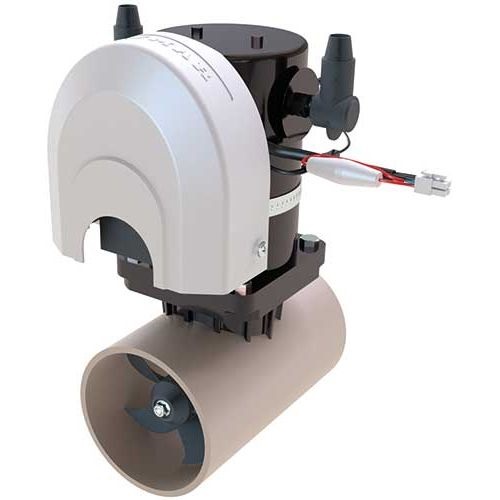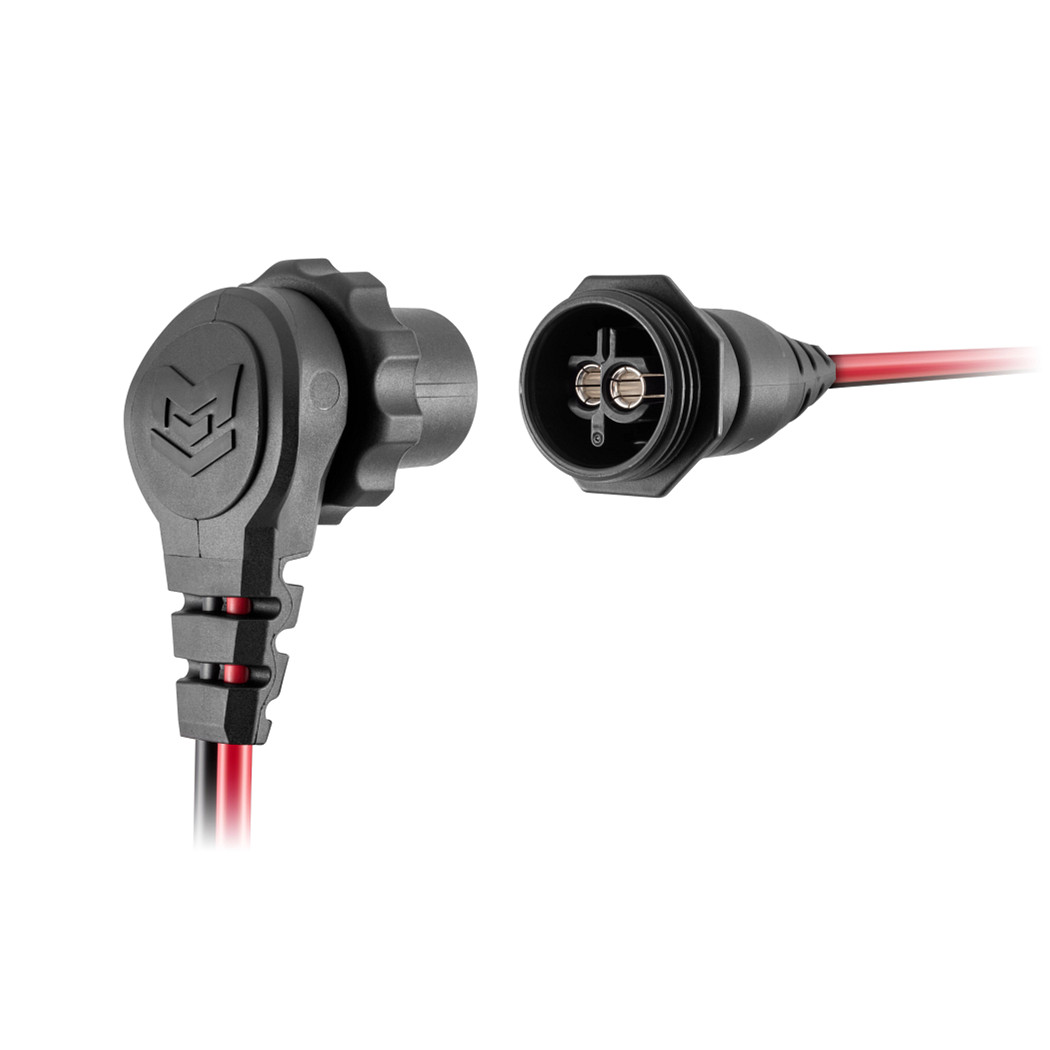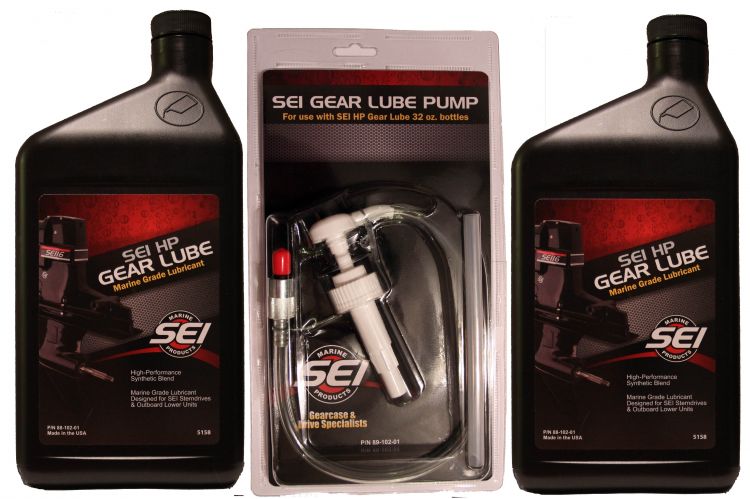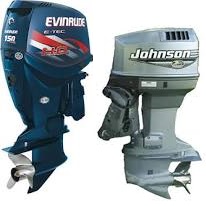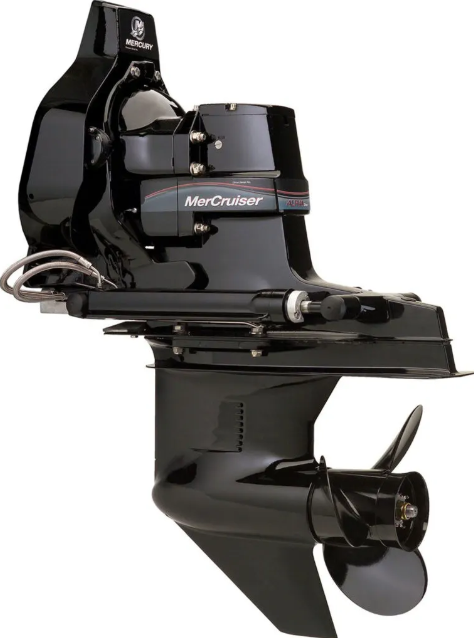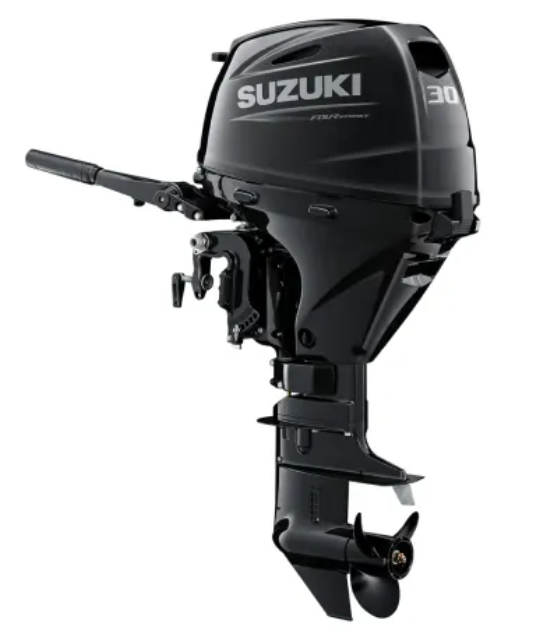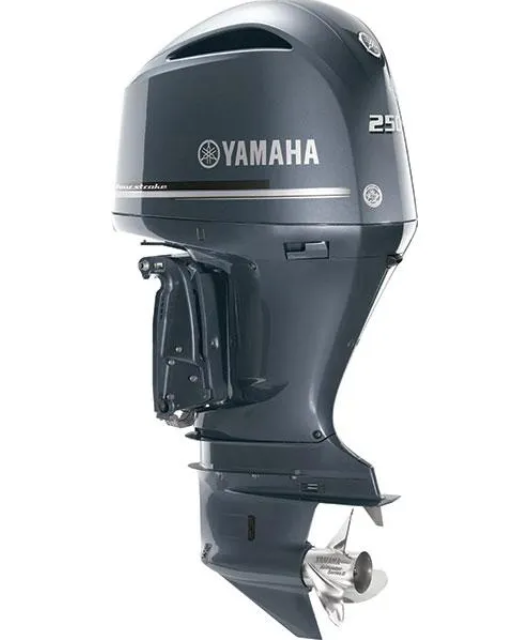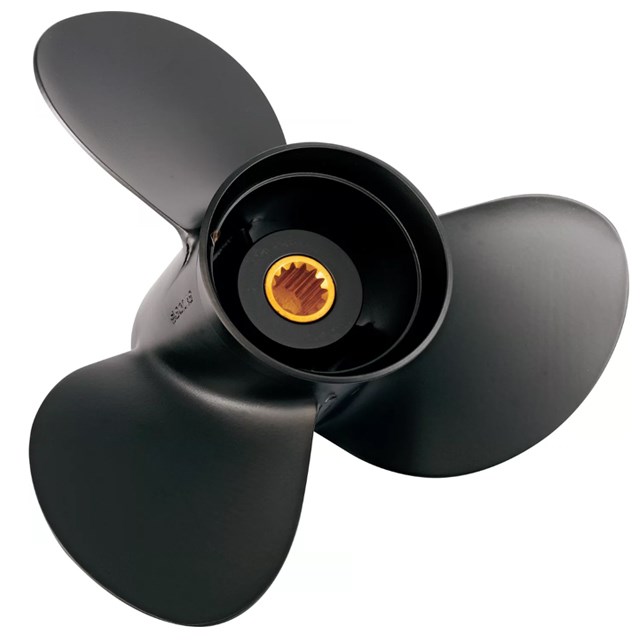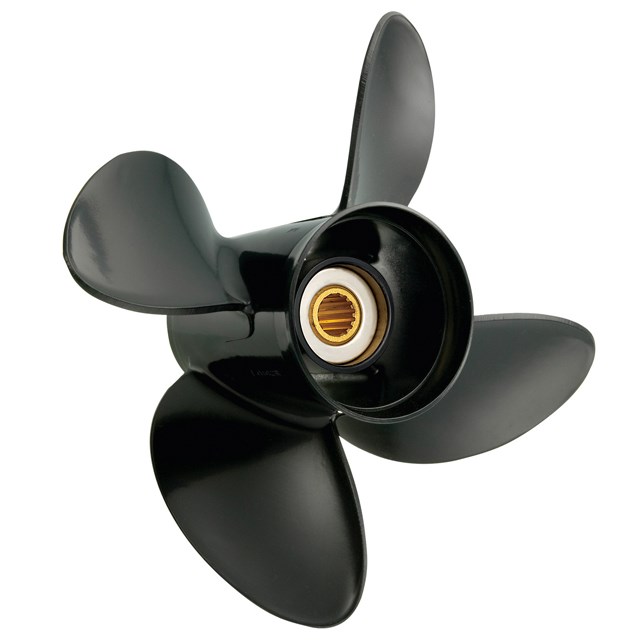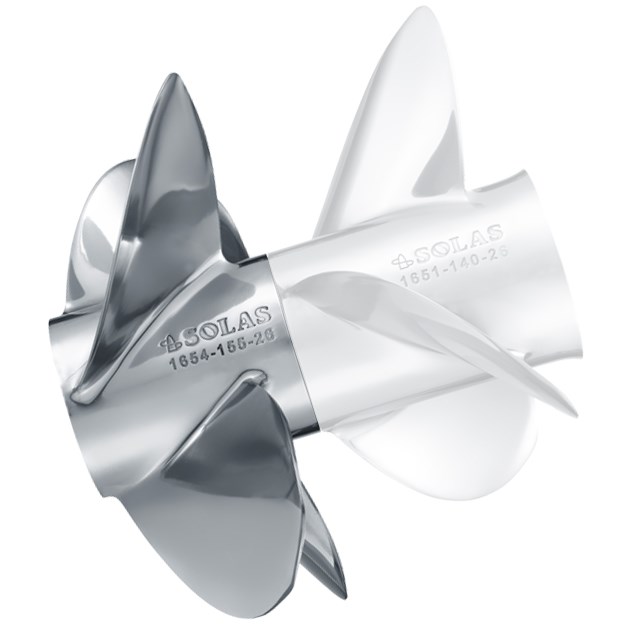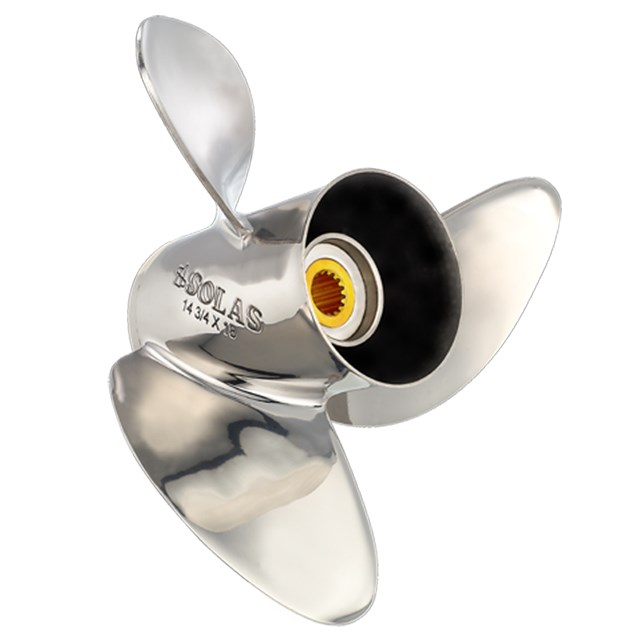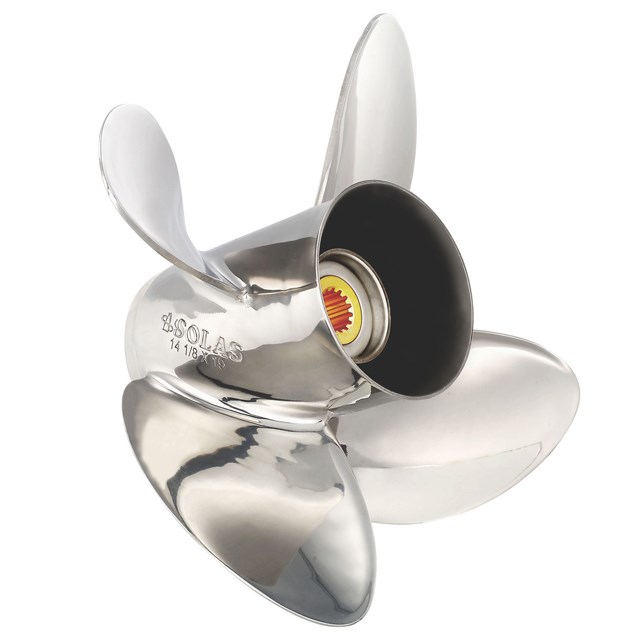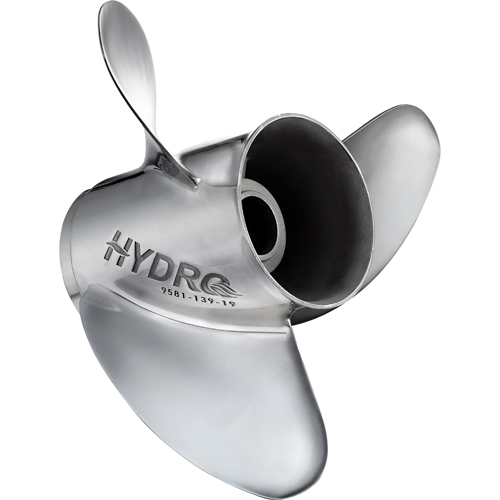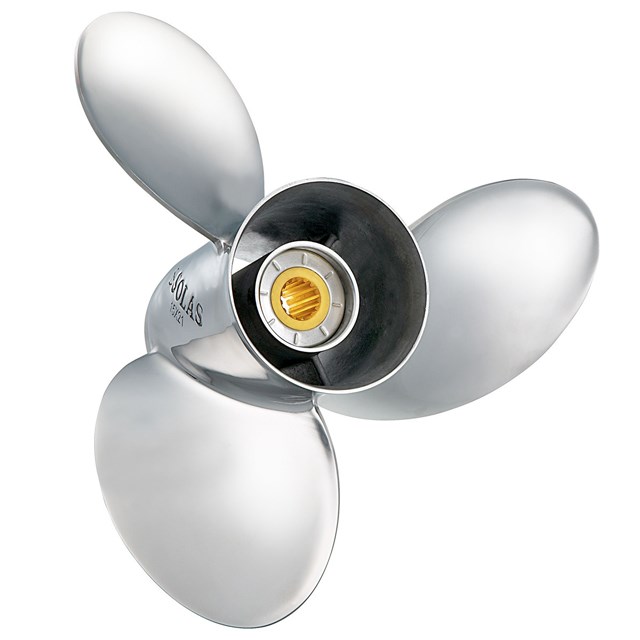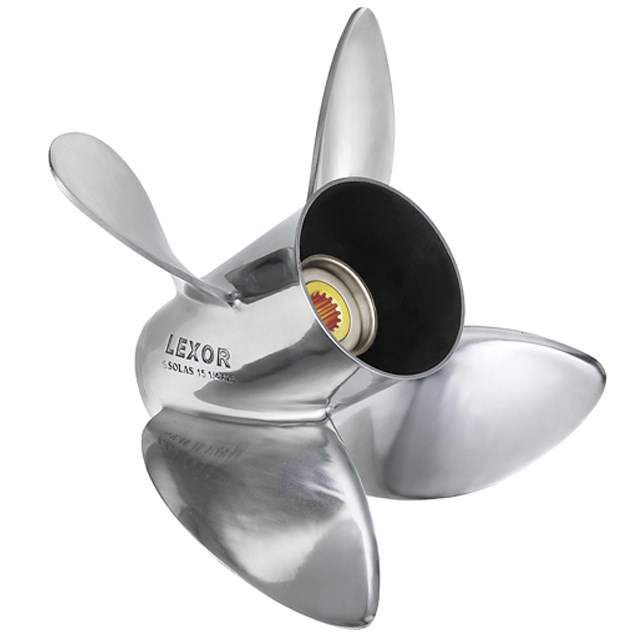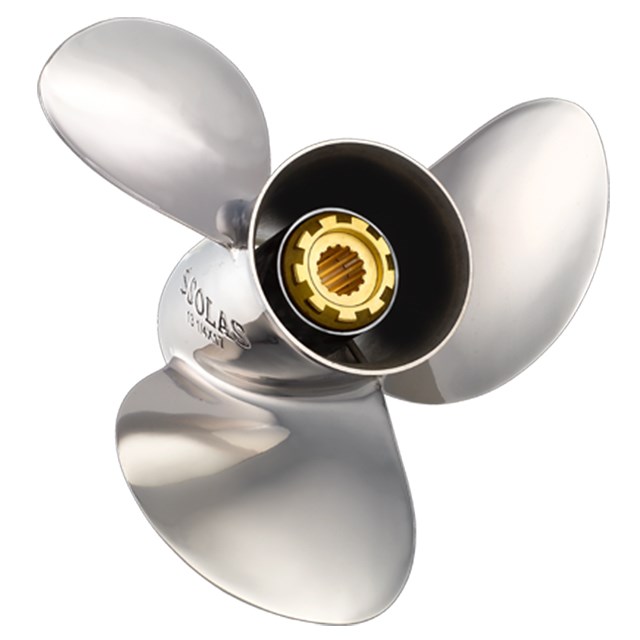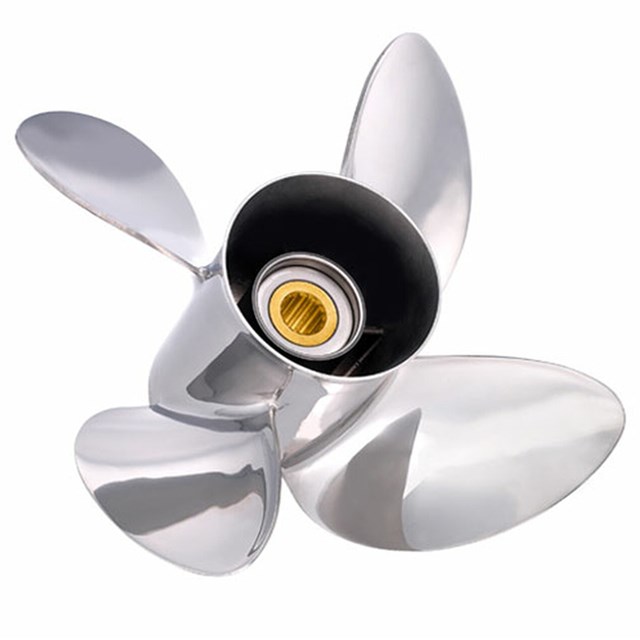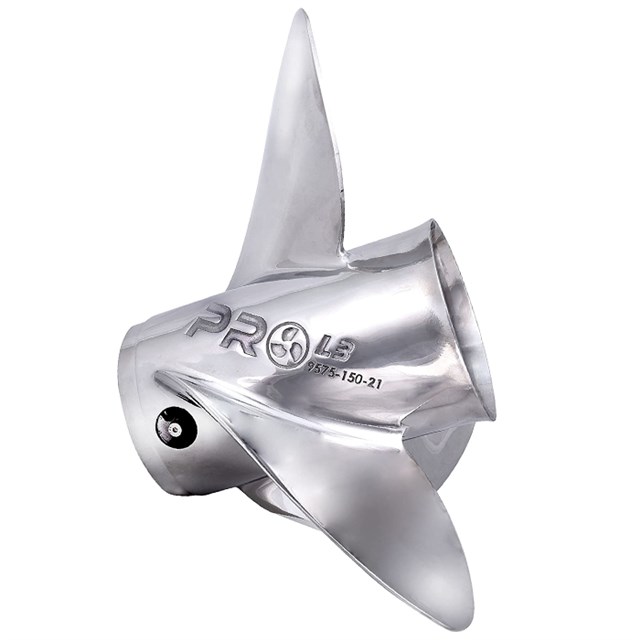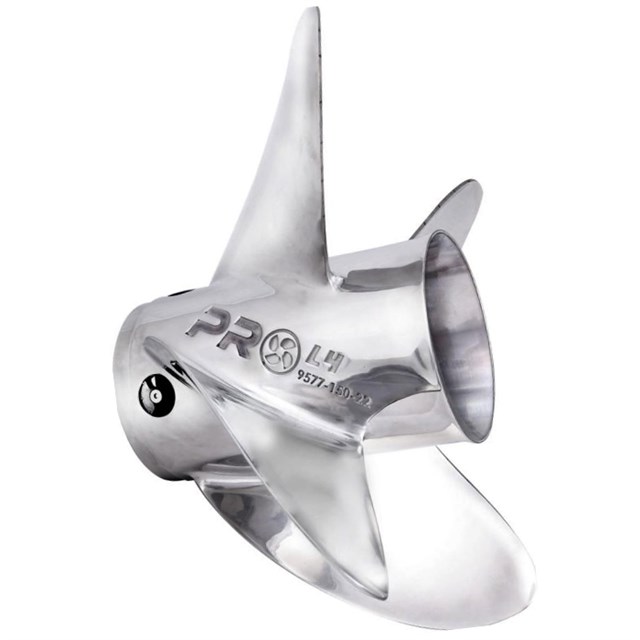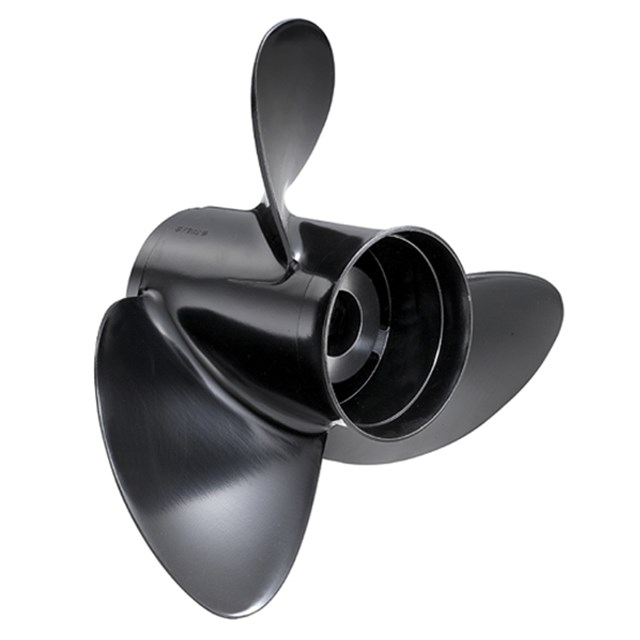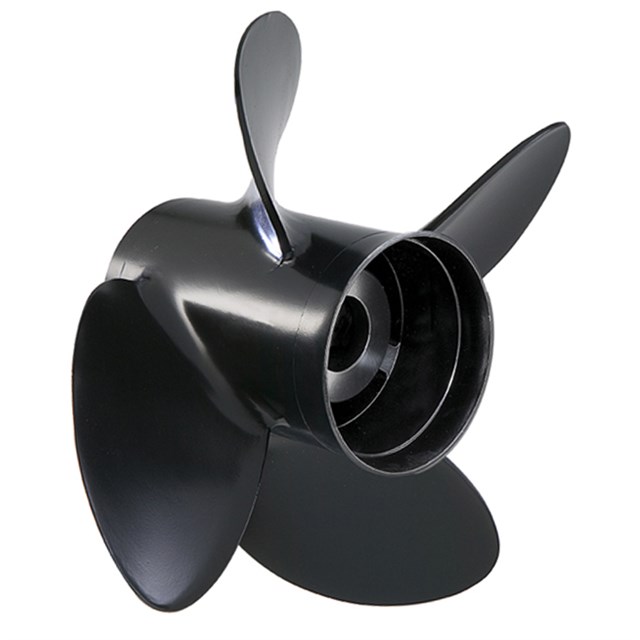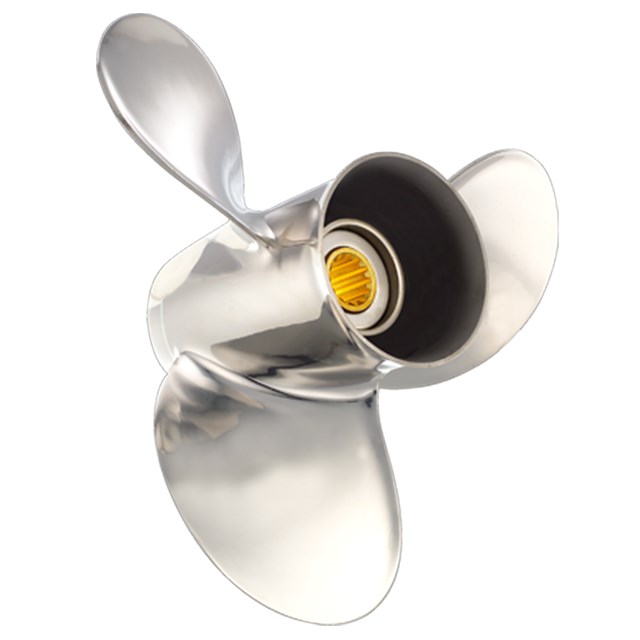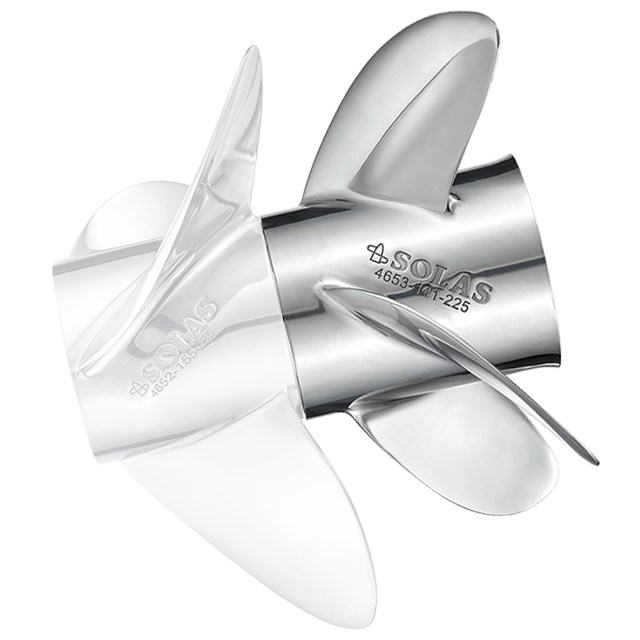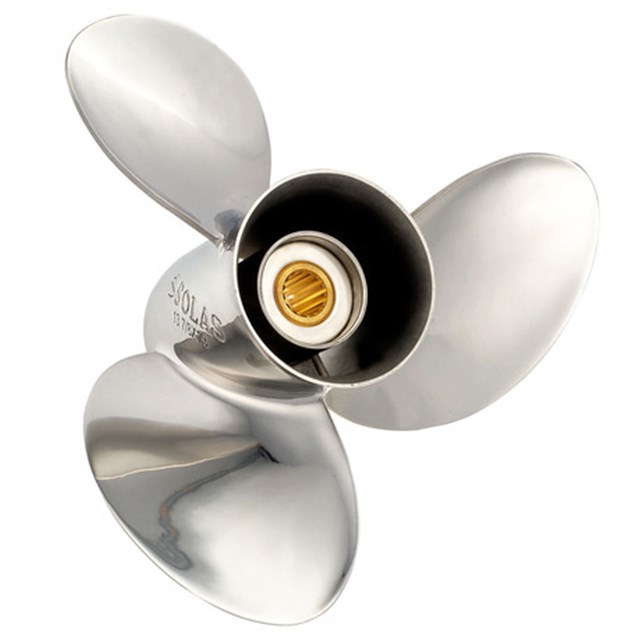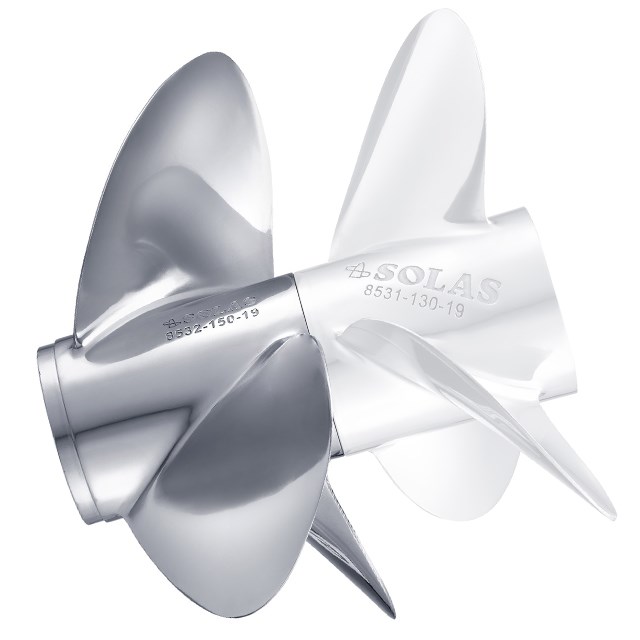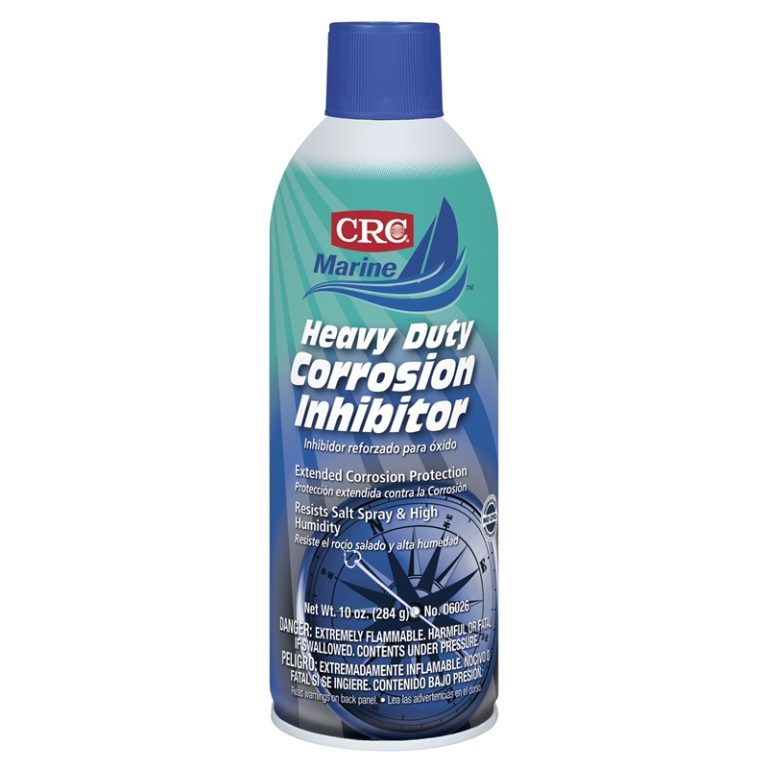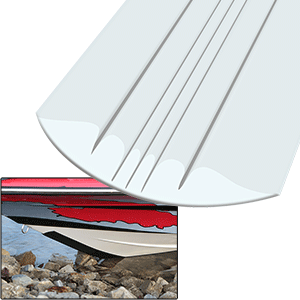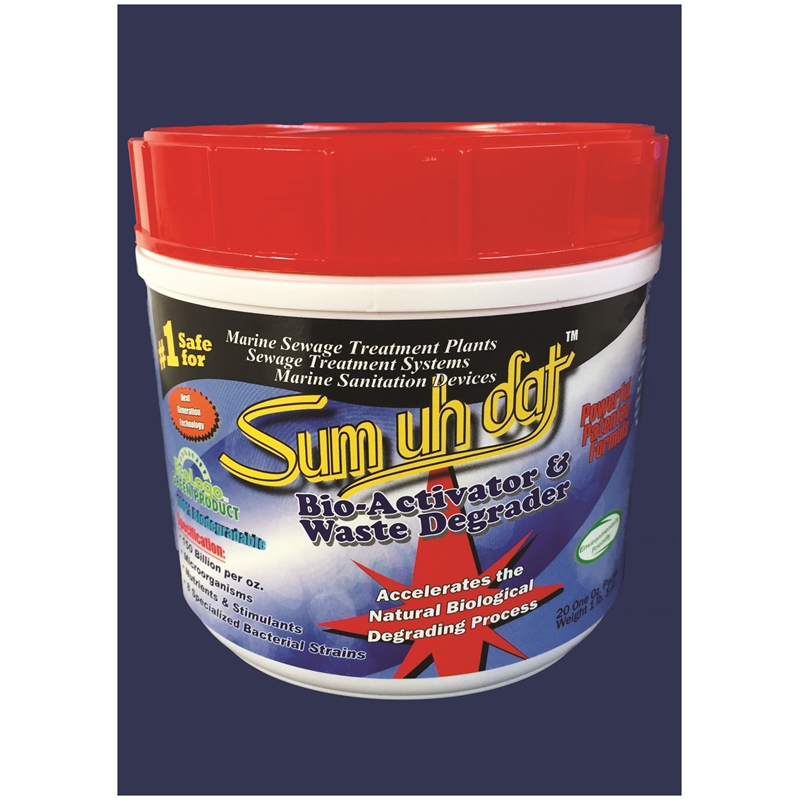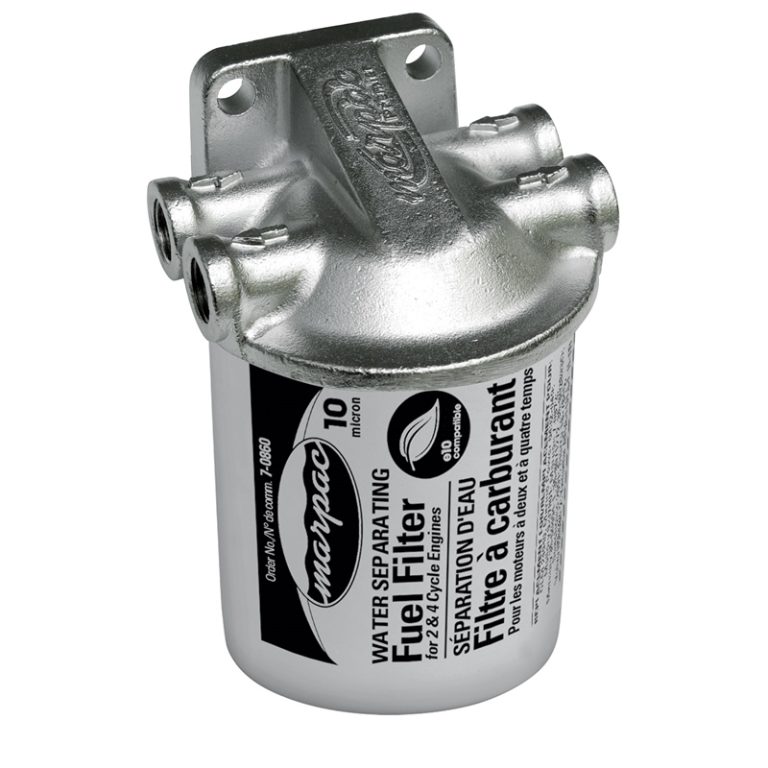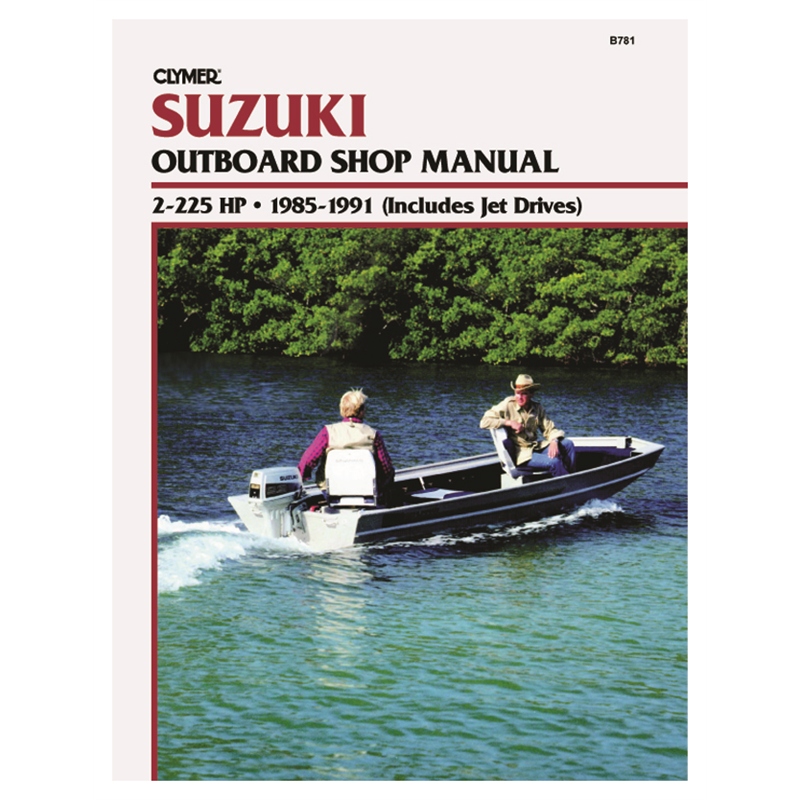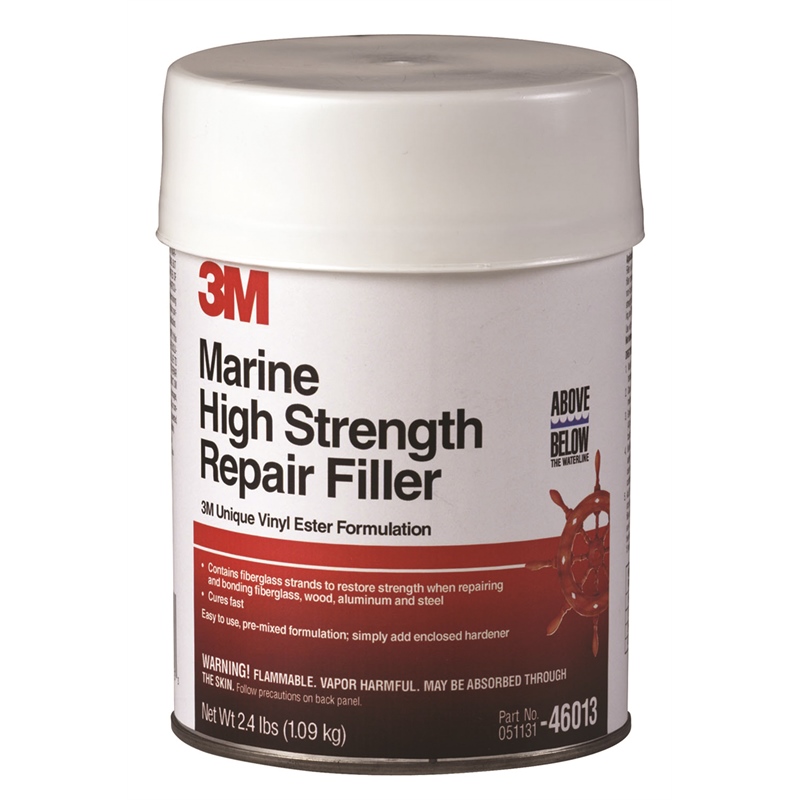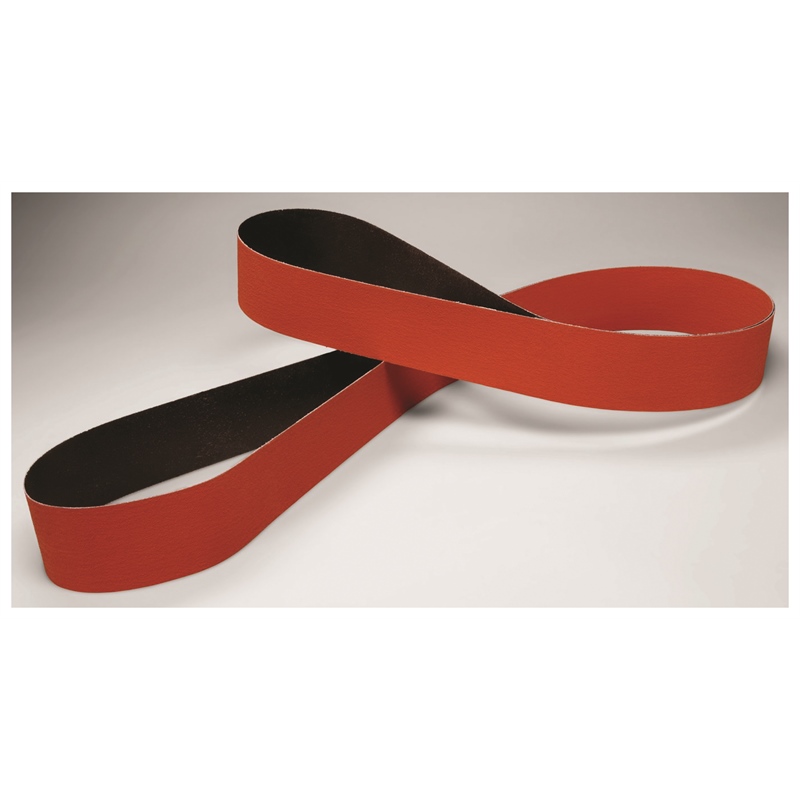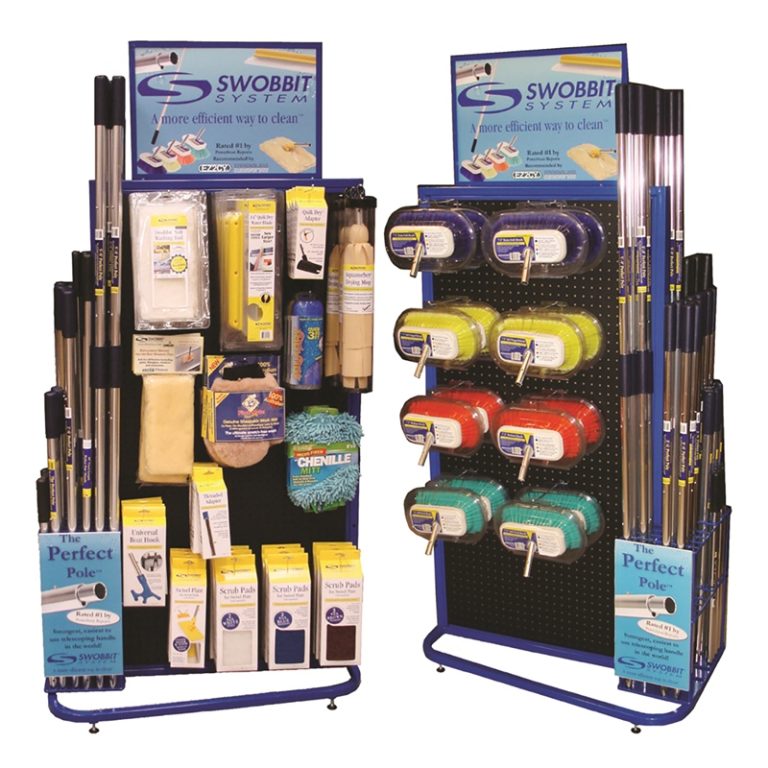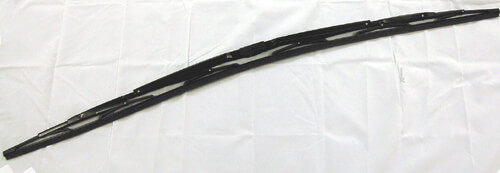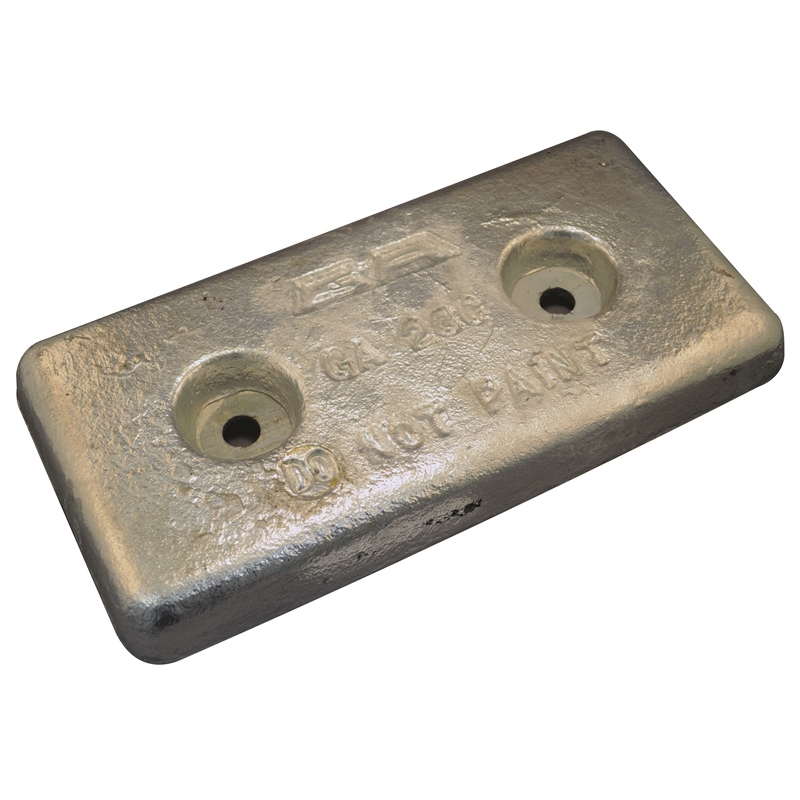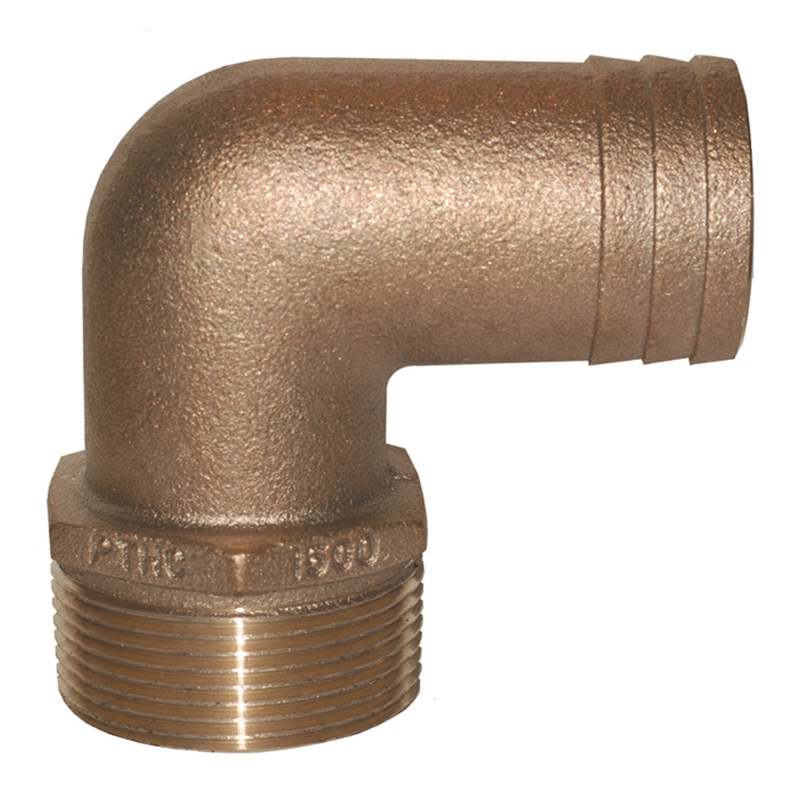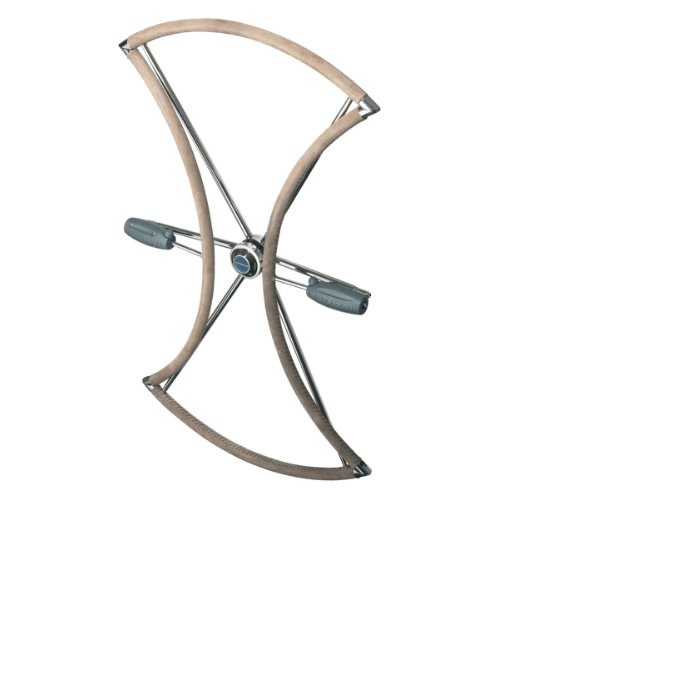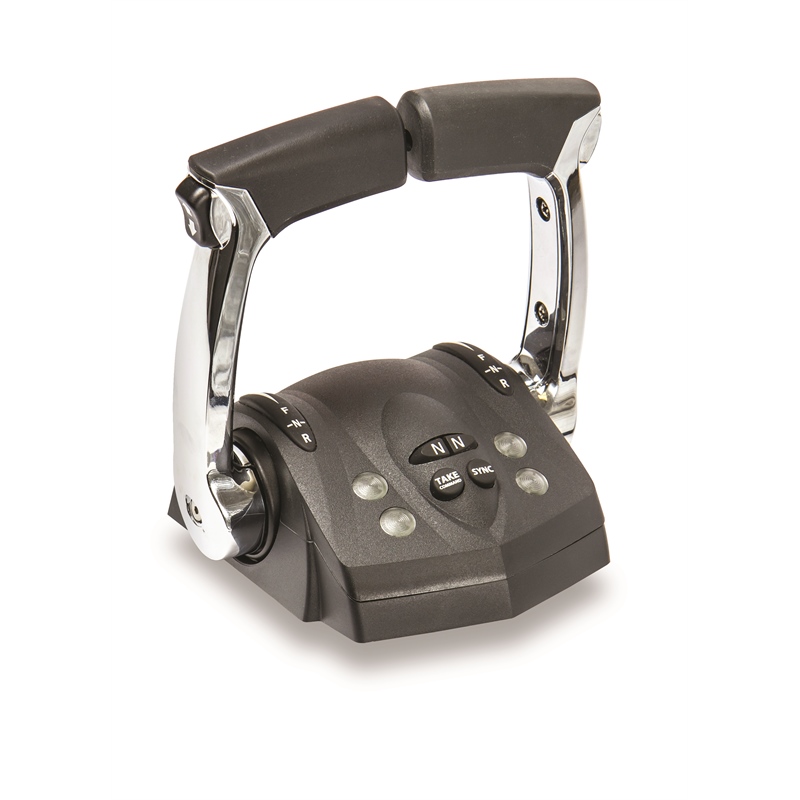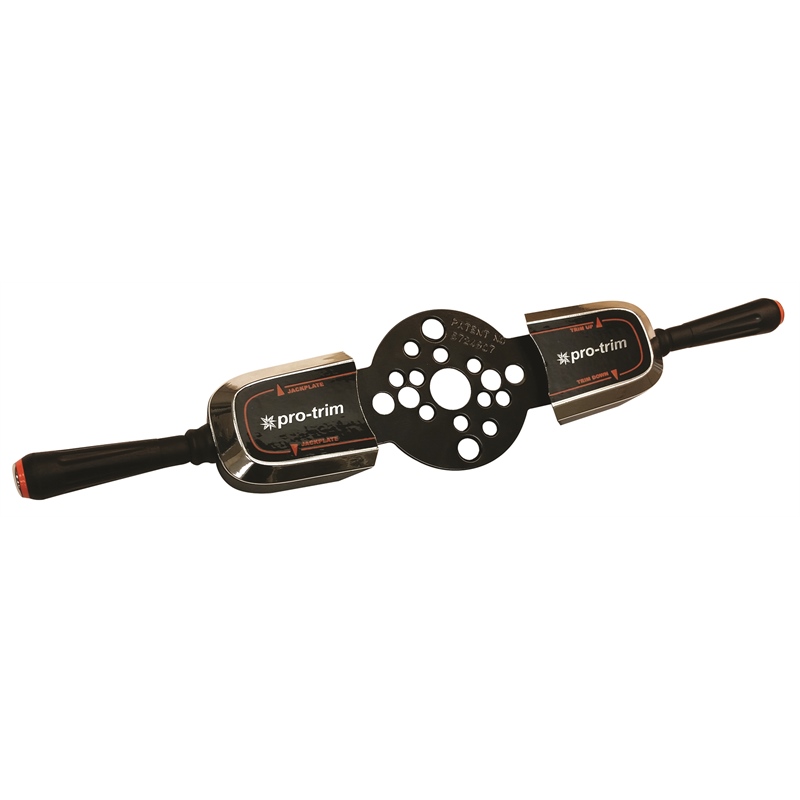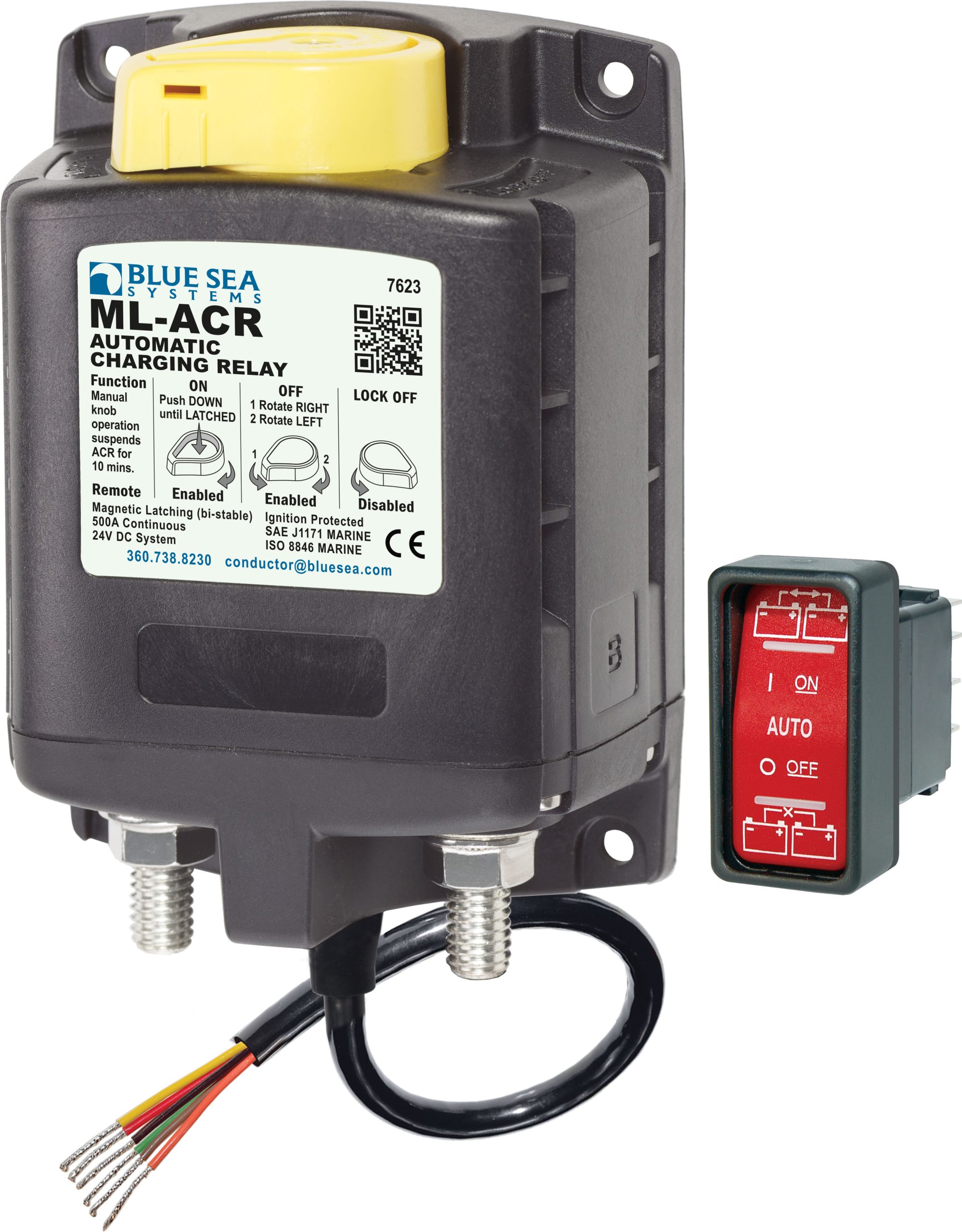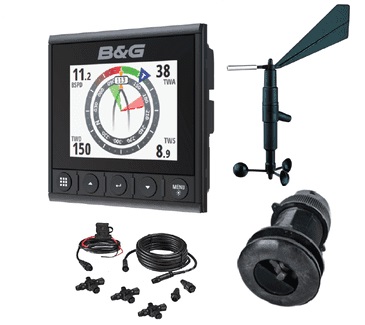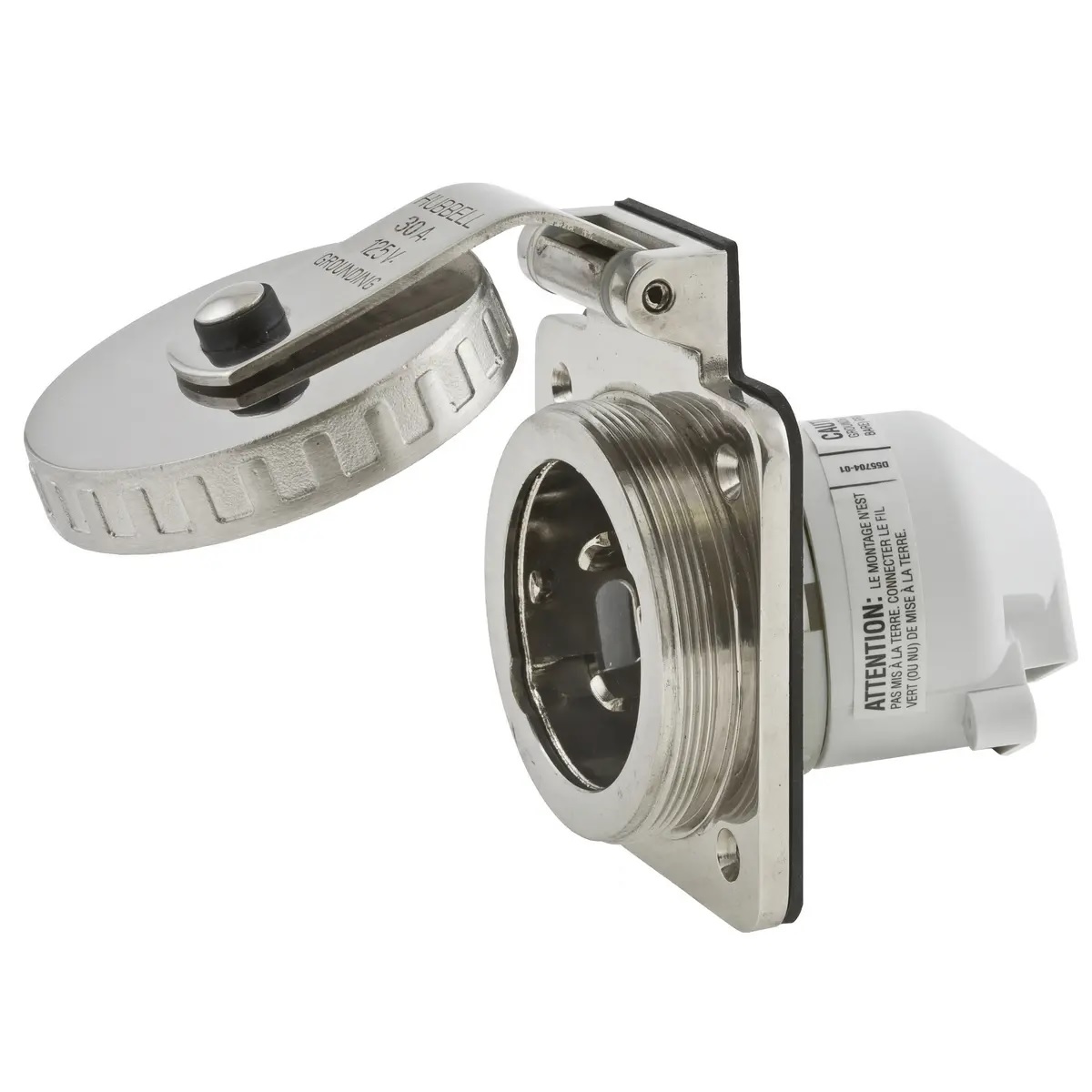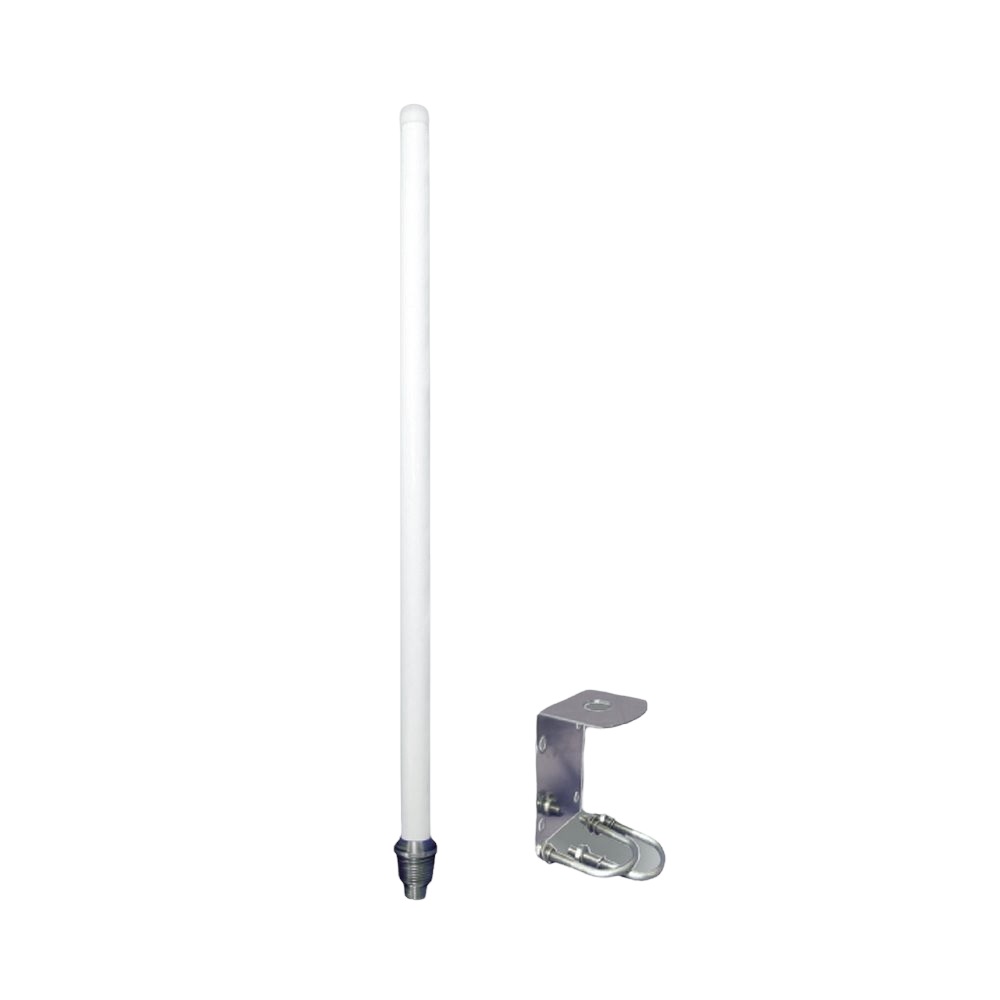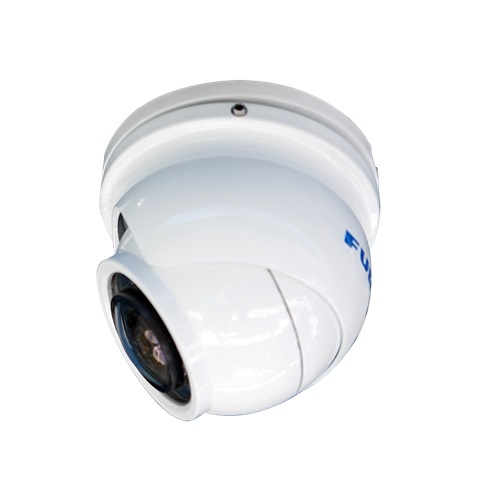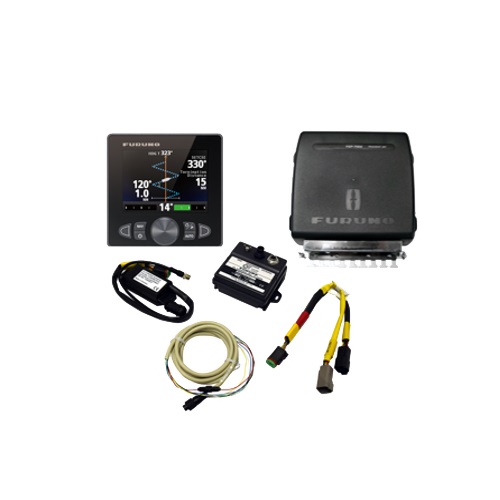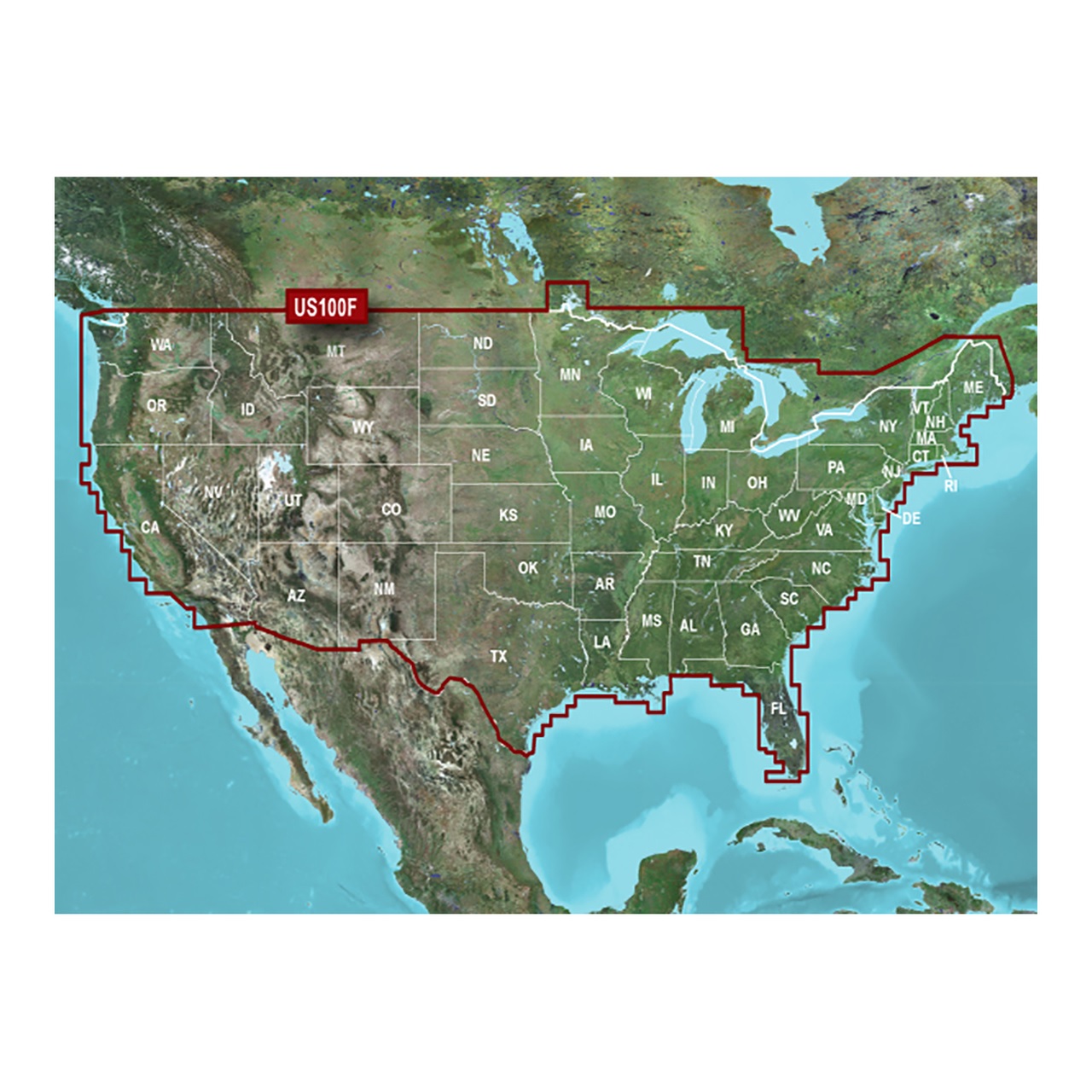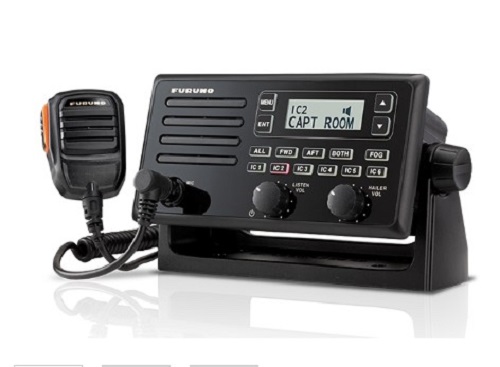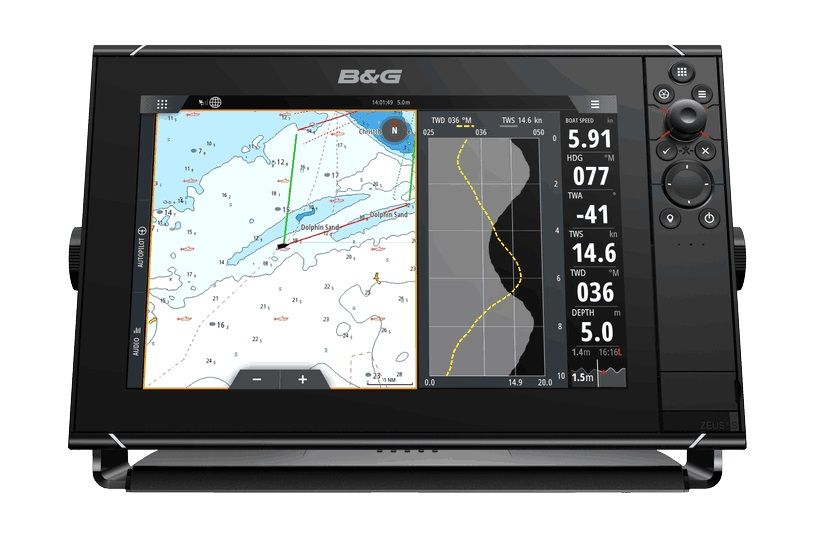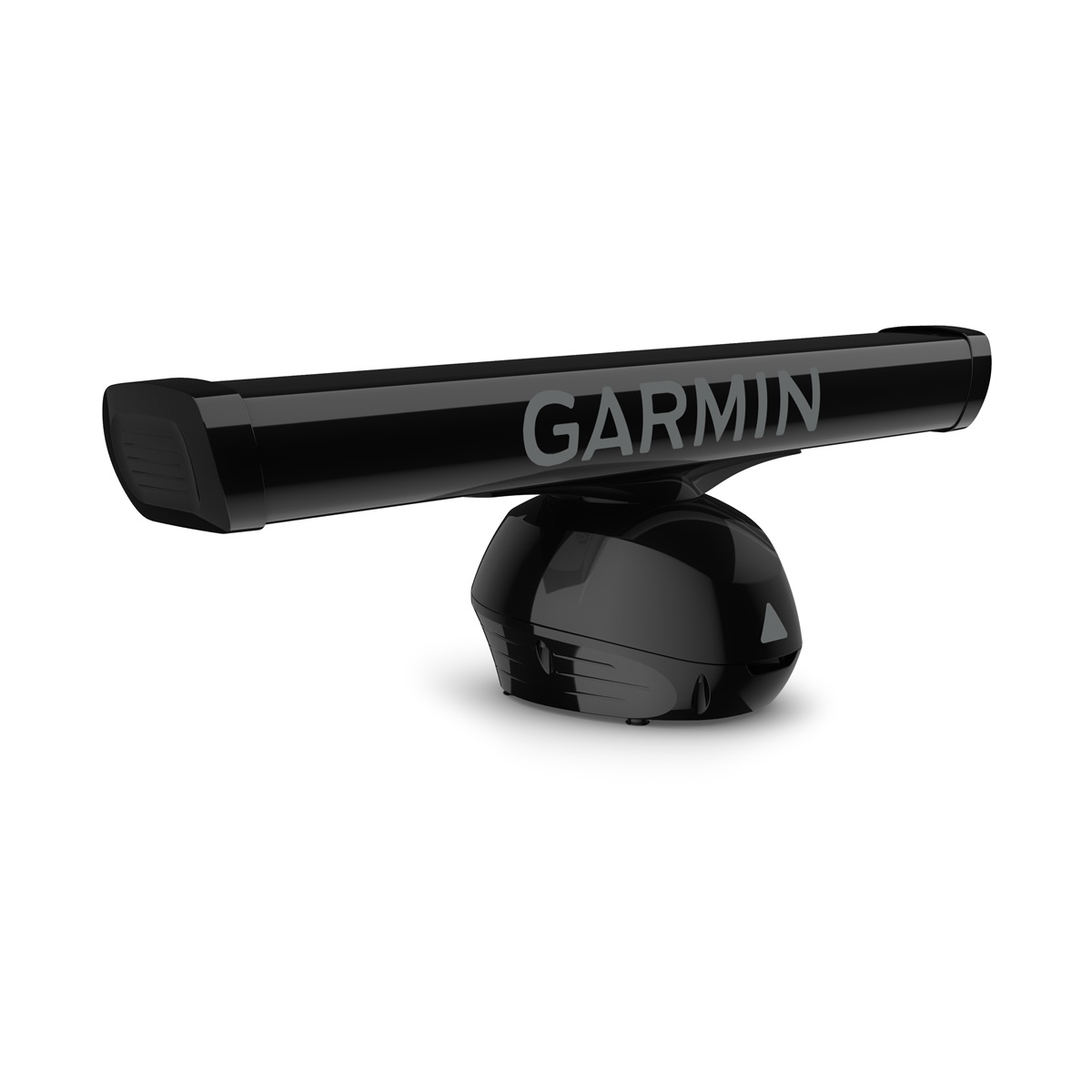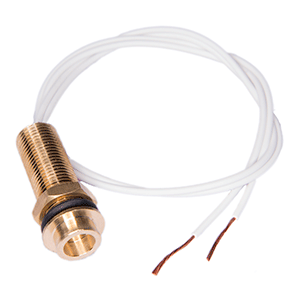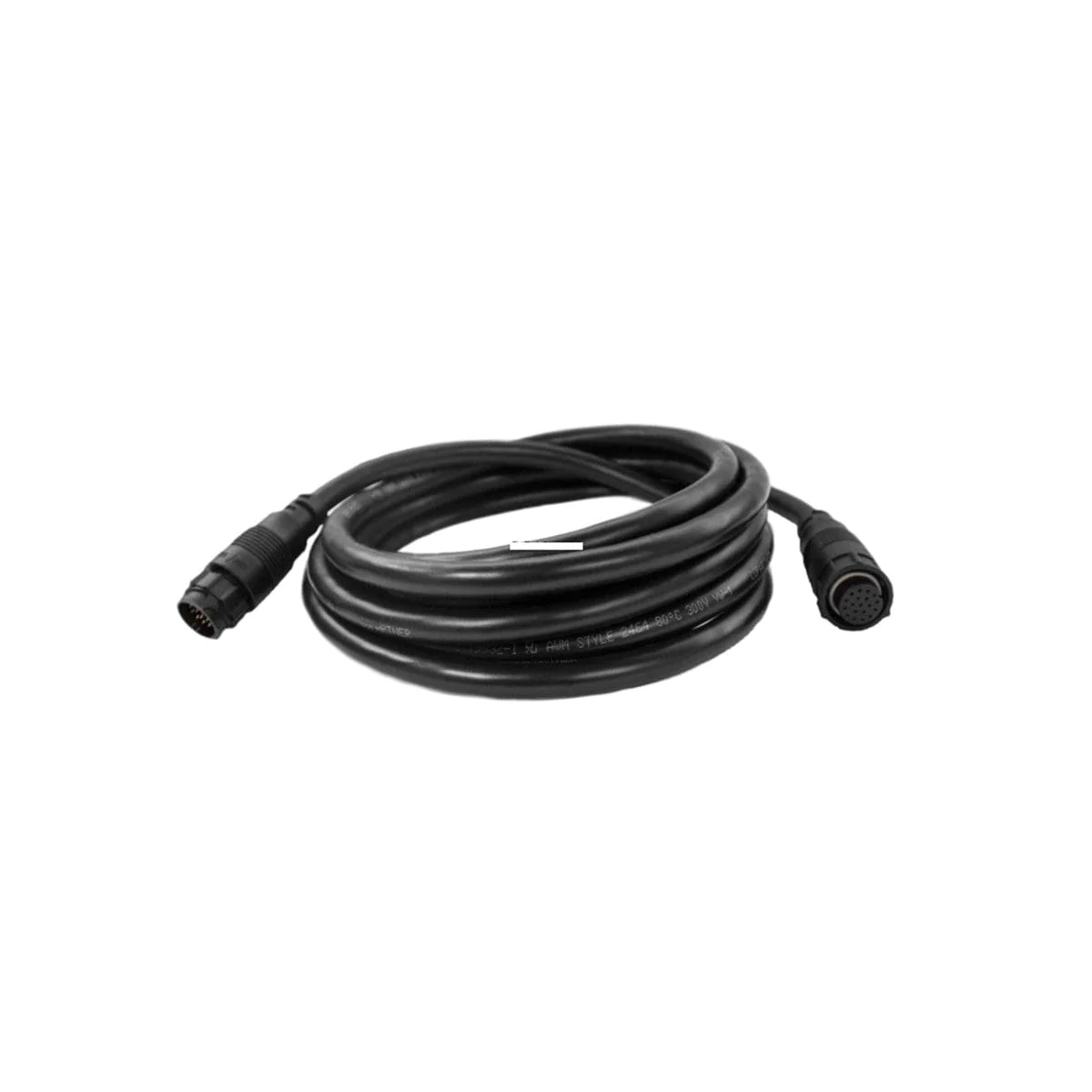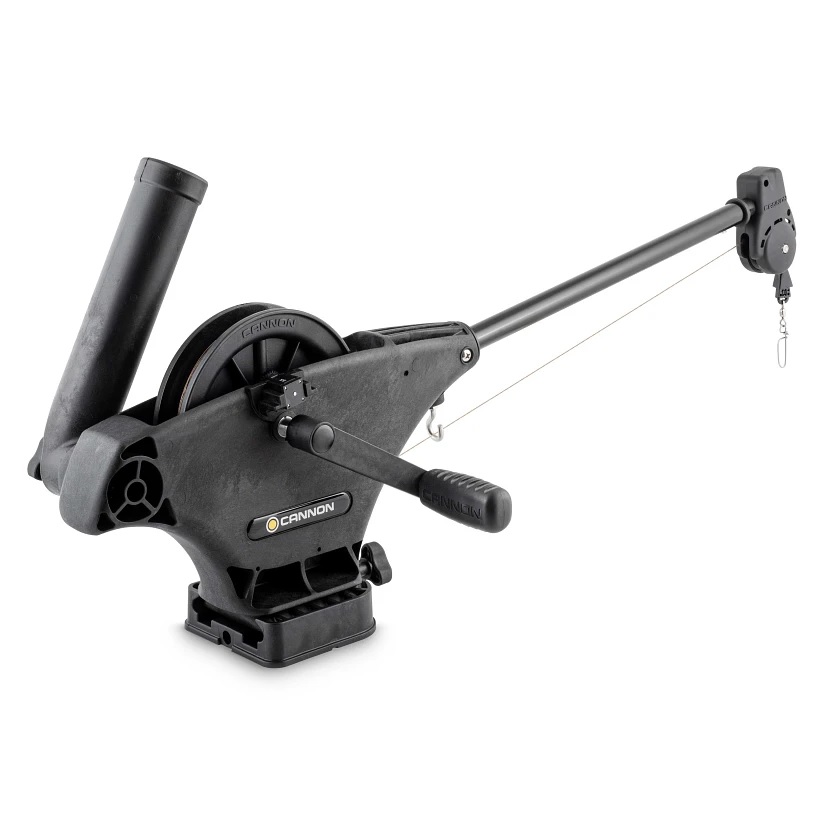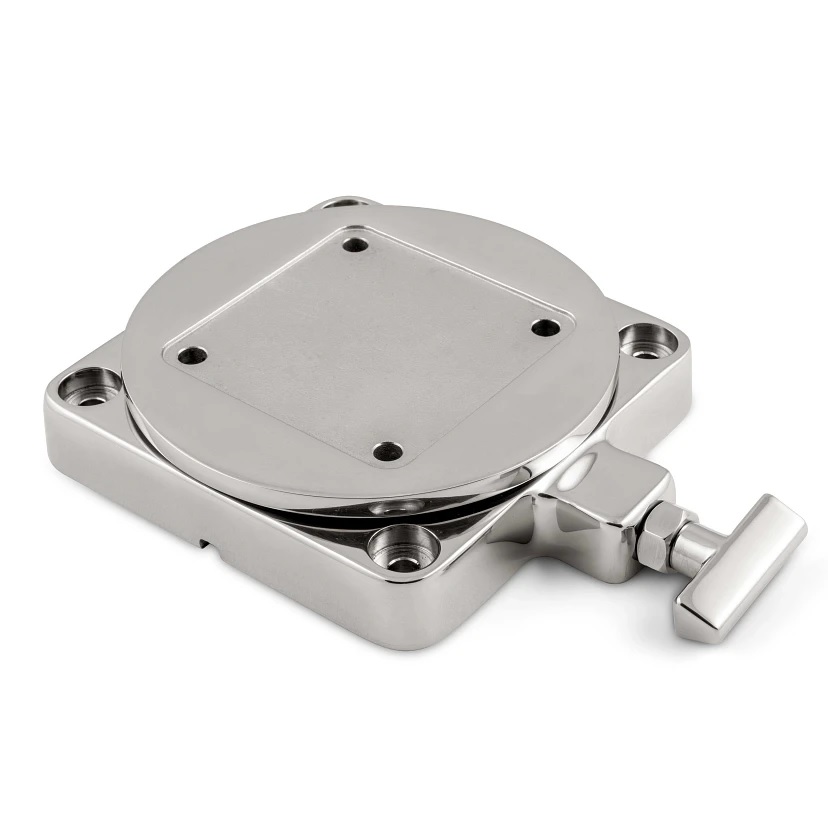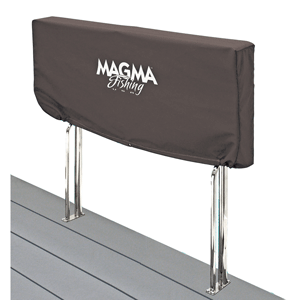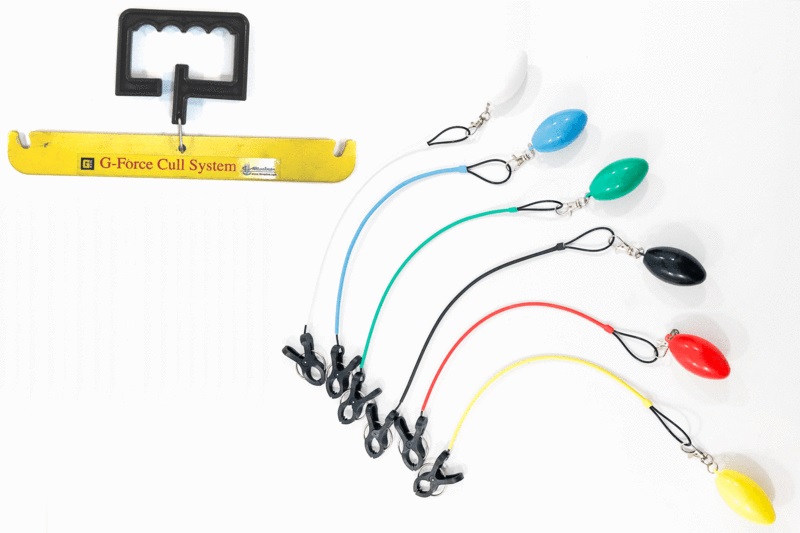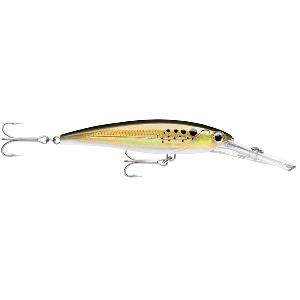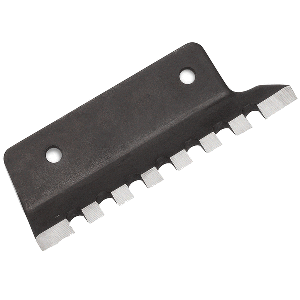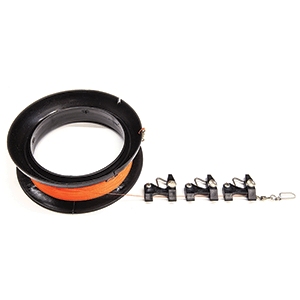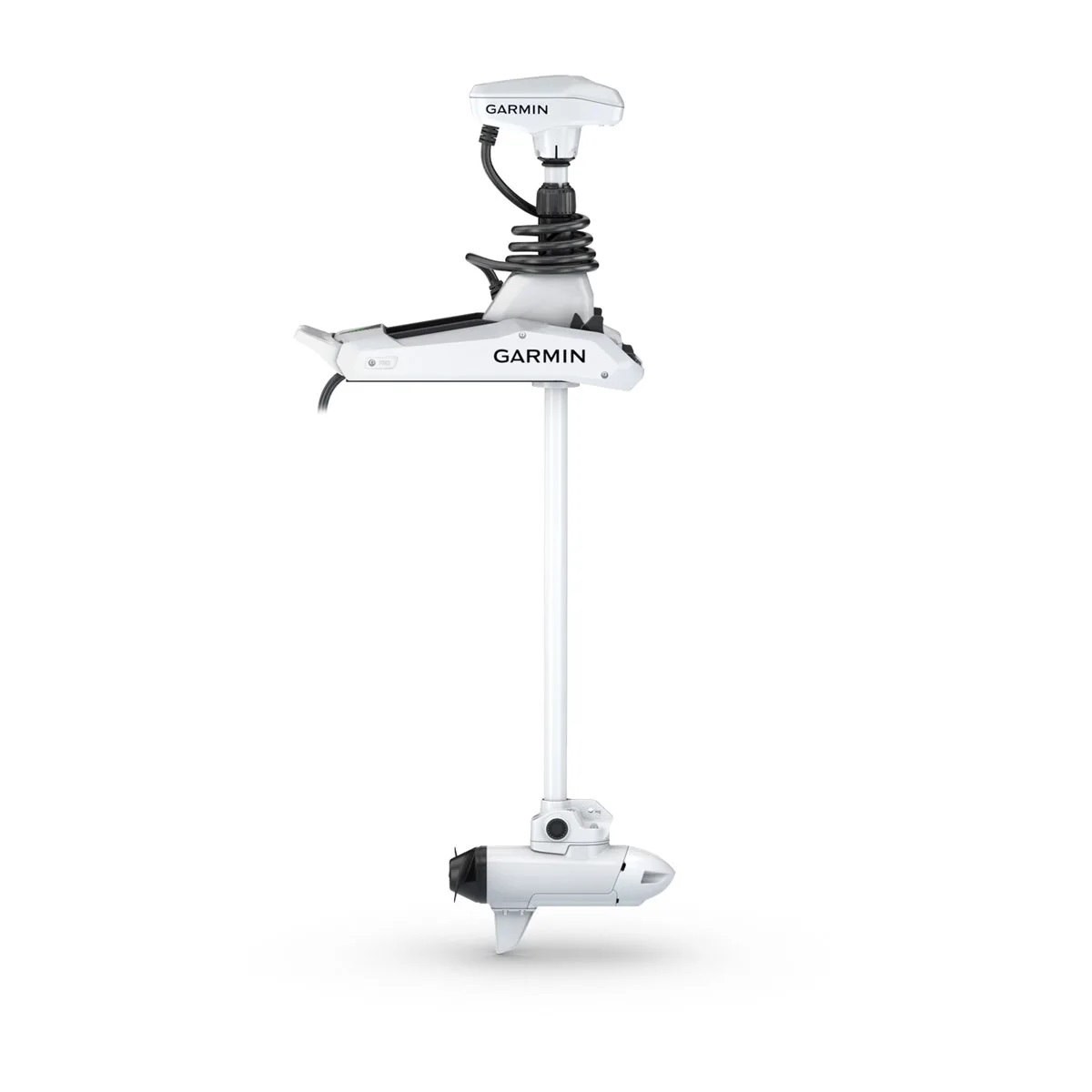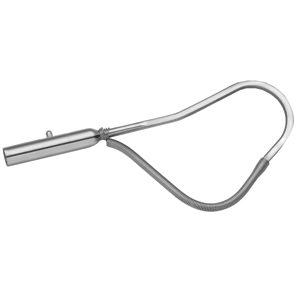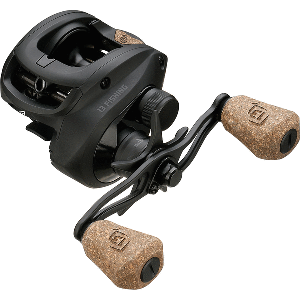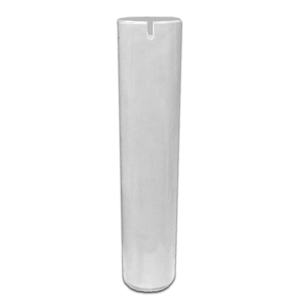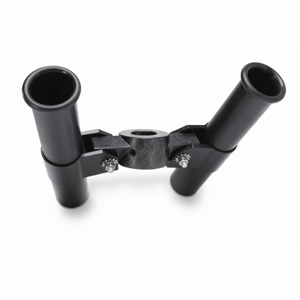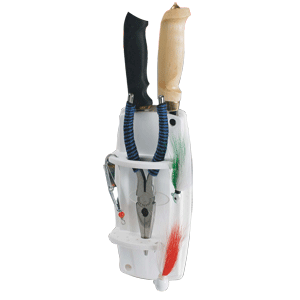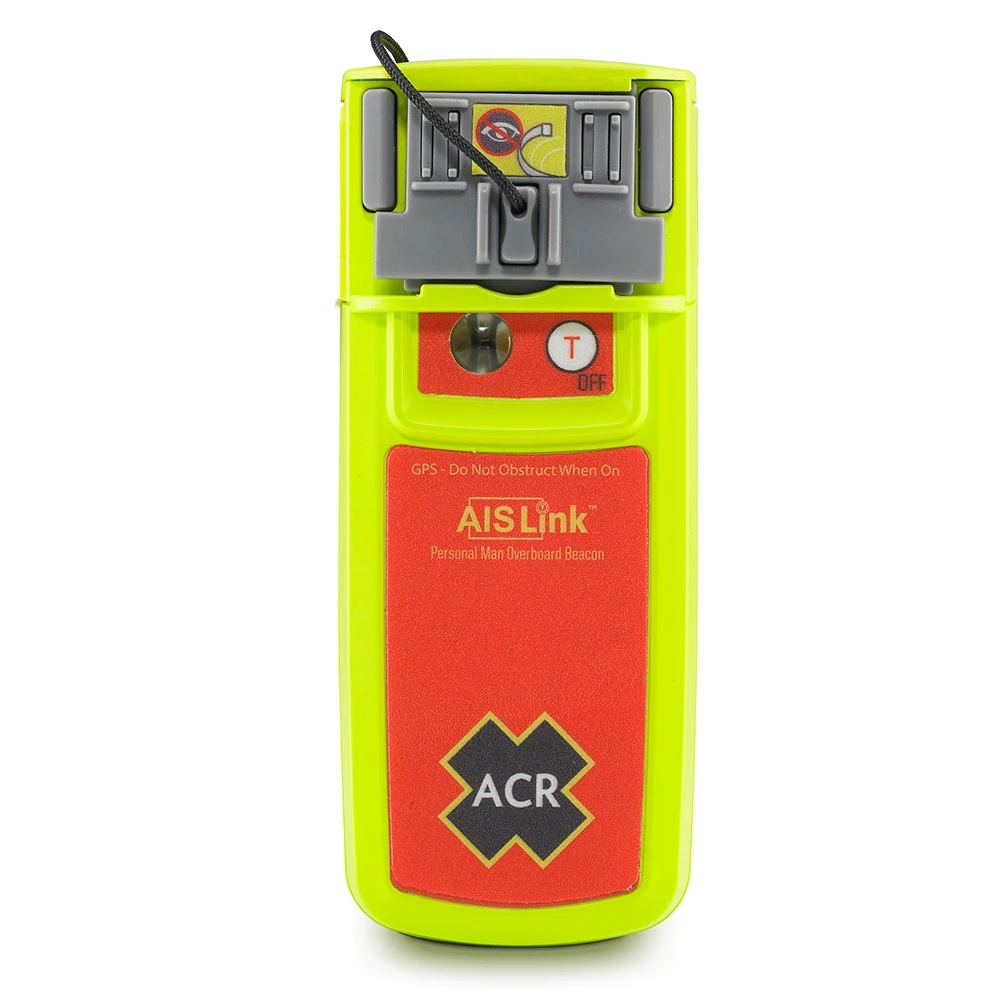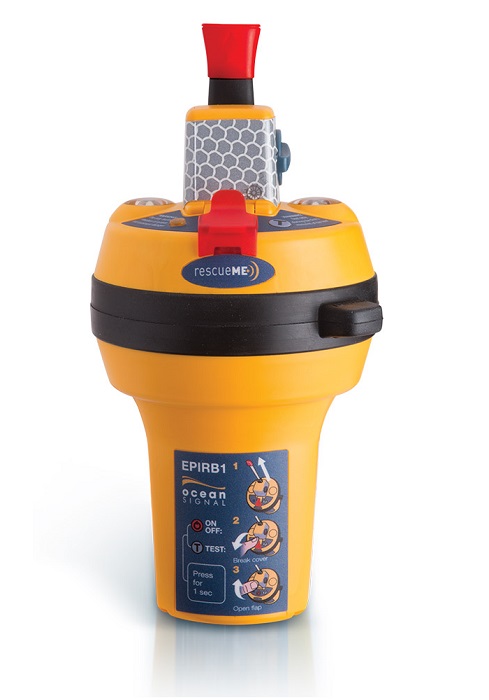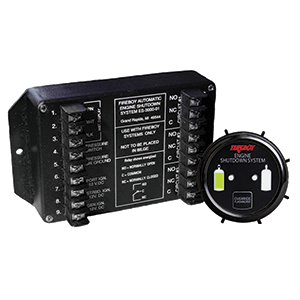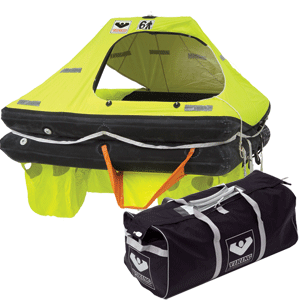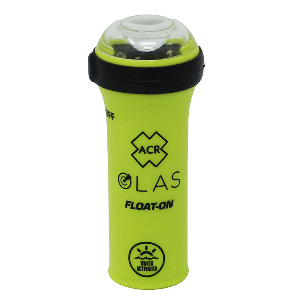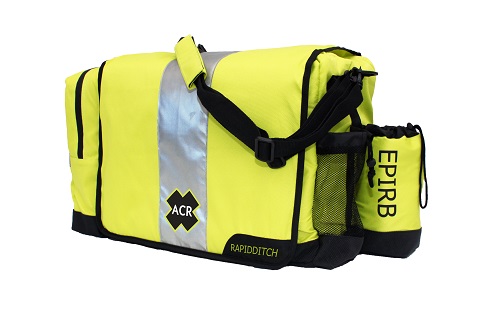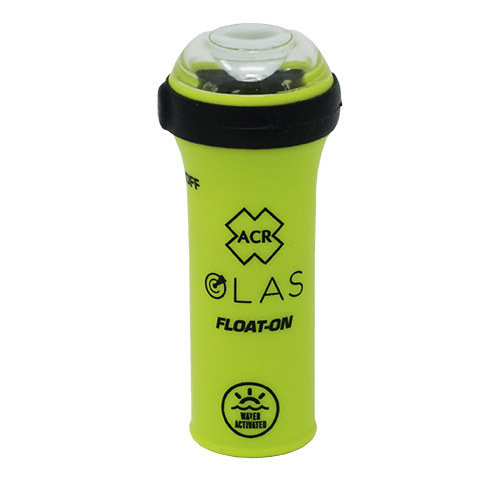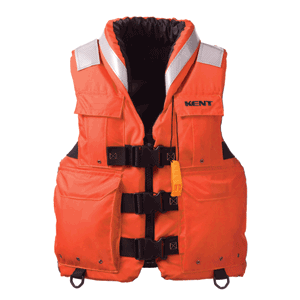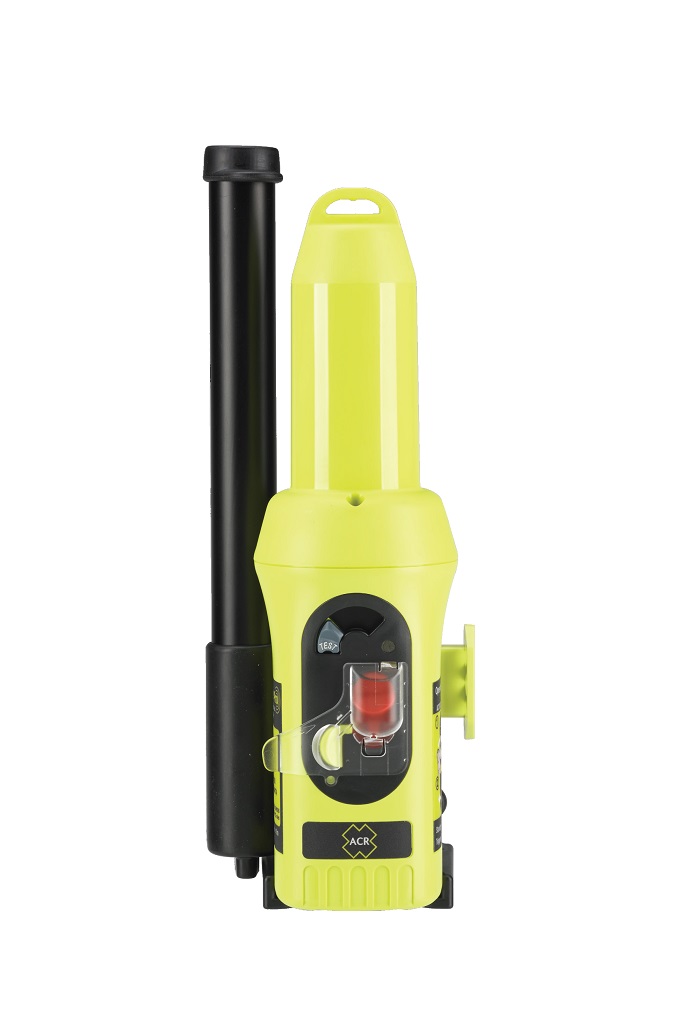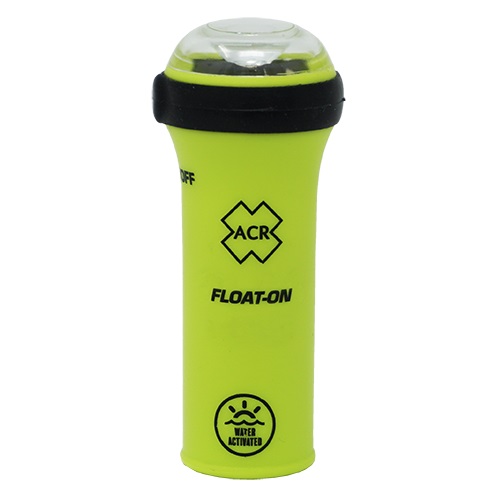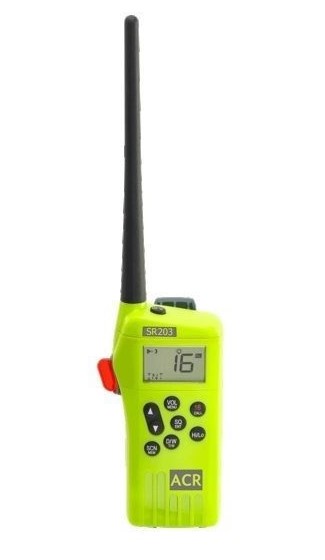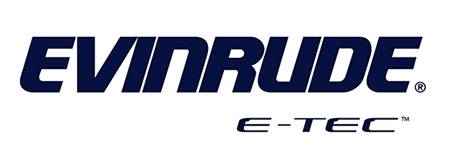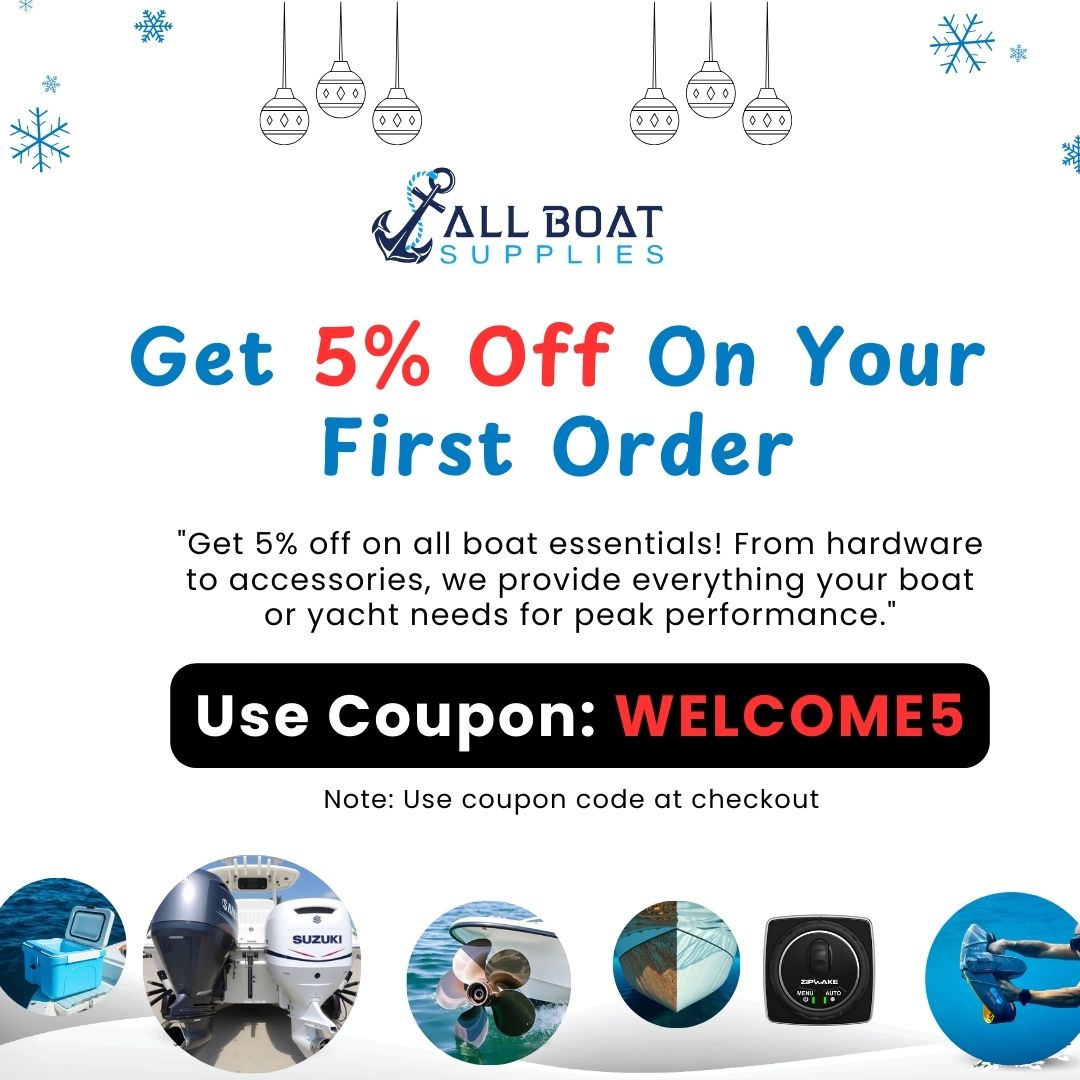How Long Do Yamaha Lower Units Last on Average?
Introduction
Yamaha lower units are the powerhouse of your outboard motor, responsible for transmitting engine power to the propeller. Whether you’re an avid angler or a weekend cruiser, you likely wonder: how long do Yamaha lower units last on average? This question is crucial when investing in performance and reliability on the water. In this comprehensive guide, we’ll dive deep into the average lifespan, durability factors, expert insights, and proven maintenance practices that can extend your Yamaha lower unit’s longevity.
Overview / What Is a Yamaha Lower Unit?
The lower unit of a Yamaha outboard engine—sometimes called the “gearcase”—houses essential components like the drive shaft, propeller shaft, gears, and water pump. It is directly responsible for converting vertical engine output into horizontal propeller motion. Without it, your boat would never move an inch, no matter how powerful the engine is.
Yamaha lower units are known for their engineering precision and reliability. But even the best components wear out eventually, especially in saltwater or under heavy loads. Understanding what the lower unit does—and how it works—can help you maximize performance and longevity.
How Long Do Yamaha Lower Units Last on Average?
On average, a Yamaha lower unit can last between 1,500 to 2,500 engine hours with regular use and proper maintenance. However, lifespan varies depending on factors such as:
- Saltwater vs. freshwater usage
- Maintenance practices (oil changes, flushing, etc.)
- Boat load and running RPM
- Impacts or collisions
Those using their outboards in freshwater and maintaining their gear can often exceed 2,500 hours. On the flip side, high-performance applications or neglectful maintenance may lead to premature wear, sometimes under 1,000 hours.
Top Factors That Affect Yamaha Lower Unit Lifespan
Understanding what impacts the longevity of Yamaha lower units helps boat owners proactively protect their investments.
1. Operating Conditions
Frequent operation in shallow, debris-filled, or saltwater environments increases wear and corrosion risk. Yamaha lower units exposed to harsh conditions tend to have shorter life spans without proper maintenance.
2. Overheating and Improper Lubrication
A failing water pump impeller or infrequent gear oil changes can cause heat damage and gear wear. Ensuring adequate lubrication reduces internal friction, extending your unit’s lifespan.
3. Gear Engagement and Shifting Habits
Shifting gears at high RPM or abruptly can damage clutch dogs and gears over time. Proper operation at idle speeds ensures smoother gear transitions and less wear.
Maintenance Tips
Routine maintenance is key to maximizing the lifespan of your Yamaha lower unit. Here’s how to keep it running smoothly year after year:
- Change gear oil every 100 hours or annually, whichever comes first
- Inspect propeller shaft seals for fishing line or damage
- Flush the unit with fresh water after every saltwater trip
- Replace the impeller every 2–3 seasons
- Use Yamaha OEM parts and factory-recommended lubricants
Following a regular maintenance schedule can prevent costly repairs and extend the average lifespan of Yamaha lower units.
When to Replace a Yamaha Lower Unit
Despite best efforts, there comes a time when replacement is the only viable solution. Here are signs your Yamaha lower unit might be nearing the end:
- Grinding or knocking noises during operation
- Gear slippage or poor shifting
- Water in the gear oil (milky appearance)
- Overheating or loss of water pressure
- Visible cracks or external damage
When repairs exceed 50% of the cost of a new unit, replacing it often makes more financial sense. Thankfully, affordable aftermarket lower units are now widely available.
Expert Advice and Pro Recommendations
We reached out to marine mechanics and Yamaha-certified technicians to gather professional insights. Here’s what they had to say:
Use OEM or Certified Aftermarket Parts
Experts recommend using only Yamaha Original Equipment or trusted aftermarket parts like SEI lower units to maintain factory-grade performance and durability.
Don’t Ignore Early Warning Signs
Small issues like minor gear slippage or water ingress may seem harmless, but they can rapidly escalate. Addressing problems early can prevent catastrophic failures.
Invest in a Pressure Test
Have a marine technician pressure test your lower unit at least once a season. It helps detect seal leaks or hairline cracks early.
Detailed FAQ Section
How often should I replace gear oil in a Yamaha lower unit?
Yamaha recommends changing the gear oil every 100 hours of engine operation or once per year—whichever comes first. For heavy users or those operating in saltwater environments, more frequent changes may be beneficial. Regular gear oil changes help prevent gear wear and water contamination.
Can I rebuild a Yamaha lower unit instead of replacing it?
Yes, rebuilding is an option if the damage is localized (e.g., worn gears,
Read More
For more helpful marine maintenance guides, check out our article on DIY Yamaha Lower Unit Skeg Guard Installation.


